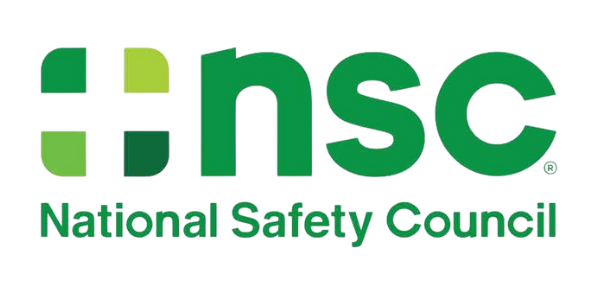Candidate Safety Library
Emergency Procedures
If an emergency occurs on the worksite, your first action should be to call 911. Once you have contacted emergency services, immediately notify your supervisor.
We're committed to creating a safe work environment for all. This page provides valuable safety tips, PPE information, and job-specific guidelines to help you understand general safety protocols in factory and warehouse settings. Please note that specific PPE and safety requirements may vary by location and employer.
Manufacturing
What is Manufacturing?
Manufacturing is the process of turning raw materials into finished goods by hand or by machine.
Manufacturing can exist on a large scale for items such as phones, cars, computers, and food and beverages. It can also be a smaller operation for products like customer tailoring, wig making, and other non-standard or custom items. Manufacturing creates products for nearly every industry, including:
- Healthcare
- Construction
- Textiles
- Technology
- Military
While many aspects of manufacturing are automated, many positions are still available in different fields.
Safety Recommendations
It's important to emphasize that manufacturing encompasses a wide range of industries and processes, each with its own set of safety considerations. Here are some general safety recommendations applicable to many manufacturing environments, along with some industry-specific examples:
General Manufacturing Safety:
Machine Guarding: Ensure all machinery has proper guarding to prevent accidental contact with moving parts.
Lockout/Tagout Procedures: Always follow lockout/tagout procedures when performing maintenance or repairs on equipment.
Personal Protective Equipment (PPE): Use appropriate PPE, such as safety glasses, gloves, hearing protection, and safety shoes, based on the specific hazards of the job.
Ergonomics: Maintain proper posture, use ergonomic tools and equipment, and take breaks to prevent repetitive motion injuries.
Housekeeping: Keep work areas clean and organized to prevent slips, trips, and falls.
Emergency Preparedness: Be familiar with emergency procedures, including evacuation routes and the location of fire extinguishers and first aid kits.
Industry-Specific Examples:
Healthcare:
- Cleanliness and hygiene are paramount to prevent contamination.
- Safe handling of sharps (needles, blades) and chemicals is crucial.
- Proper disposal of medical waste is essential.
Construction:
- Working at heights requires fall protection equipment and safe practices.
- Trenching and excavation safety is critical to prevent cave-ins.
- Operating heavy machinery requires specialized training and safety protocols.
Textiles:
- Potential hazards include noise, dust, and moving machinery.
- Proper ventilation is important to control dust and fumes.
- Safe handling of dyes and chemicals is necessary.
Technology:
- Working with electronics may involve soldering, which requires precautions to avoid burns and fumes.
- Handling delicate components requires ESD (electrostatic discharge) protection.
- Cleanroom environments may have specific safety protocols.
By providing a combination of general and industry-specific safety recommendations, you can help candidates understand the importance of safety awareness and preparedness in various manufacturing settings. Remember to emphasize that this is not an exhaustive list and that specific safety requirements will vary depending on the employer and the nature of the work.
Materials Safety
Different materials require different types of personal protective equipment (PPE). Ensure you are using the correct PPE for the materials you are handling.
Raw Materials
Raw materials are materials or substances used in the primary production or manufacturing of goods.
Plant/Tree Based Materials
Materials obtained from plants and trees like vegetables, fruits, flowers, wood, resin, and latex.
Animal Based Materials
Materials obtained from animals like leather, meat, bones, milk, wool, and silk. Potential for exposure to zoonotic diseases or allergens. Hygiene and proper handling are crucial.
Mining Based Materials
Dust inhalation, heavy lifting, and machinery operation pose significant risks. Respiratory protection, proper lifting techniques, and machine safety training are essential.
Goods
Goods are items that satisfy human wants and provide utility. Finished goods can vary widely in size, shape, and weight. Use proper lifting techniques and material handling equipment to avoid injuries.
Some examples of manufactured goods are:
- Cars
- Food and Beverage
- Clothing
- Furniture
- Toys
Warehousing
Materials
What Are Raw Materials?
Protecting yourself starts with understanding the materials you work with. Different materials pose different risks, from sharp edges to chemical hazards. That's why using the right Personal Protective Equipment (PPE) is crucial. Whether it's cut-resistant gloves for handling sharp objects or respirators for working with airborne particles, PPE creates a barrier between you and potential harm. Remember, your employer will provide detailed training on the specific PPE required for your job, so always pay close attention and ask questions. By understanding the importance of PPE and using it correctly, you're taking a proactive step towards ensuring your safety on the job.
Plant/Tree based Materials
Materials obtained from plants and trees like vegetables, fruits, flowers, wood, resin, and latex.
May cause allergies or skin irritation. Proper ventilation and PPE (gloves, masks) may be necessary.
Animal Based Materials
Materials obtained from animals like leather, meat, bones, milk, wool, and silk.
Potential for exposure to zoonotic diseases or allergens. Hygiene and proper handling are crucial.
Mining Based Materials
Dust inhalation, heavy lifting, and machinery operation pose significant risks. Respiratory protection, proper lifting techniques, and machine safety training are essential.
Goods
What Are Goods?
The World of Goods: From the clothes you wear to the car you drive, manufactured goods are all around us. These finished products come in every size, shape, and weight imaginable. This variety means that handling them safely requires knowledge and attention to detail.
Safe Handling
Connect Safe Handling to Specific Examples
- Cars: Think about the different parts of a car – heavy engines, delicate electronics, sharp metal components. Each requires specific handling procedures and potentially different PPE.
- Food and Beverage: Food safety is critical. Proper handling, storage, and hygiene practices prevent contamination and ensure consumer health.
- Clothing: From delicate fabrics to heavy boxes of inventory, working with clothing involves a range of potential hazards, including sharp tools like needles and scissors.
- Furniture: Furniture can be bulky and awkward to move. Proper lifting techniques and the use of dollies or other equipment are essential to prevent strains and injuries.
- Toys: Toys often have small parts, sharp edges, or other potential hazards. Careful handling and inspection are crucial, especially when it comes to ensuring children's safety.
Warehousing
What is Warehousing?
Warehousing: A Dynamic Environment:
Warehouses are busy places with lots of moving parts – literally! From forklifts and conveyor belts to heavy boxes and towering shelves, there are potential hazards around every corner. That's why safety is paramount in this fast-paced environment.
Connect Safety to Warehouse Tasks
Receiving and Processing Shipments: Unloading trucks, unpacking boxes, and inspecting goods can involve heavy lifting, sharp objects, and awkward movements. Proper lifting techniques, PPE, and awareness of your surroundings are essential.
Storing Stock and Materials: Operating forklifts, using hand trucks, and working at heights all come with their own safety protocols. Proper training, following safety guidelines, and using equipment correctly are crucial.
Picking and Filling Orders: Navigating busy aisles, reaching for items on high shelves, and handling a variety of products requires focus and attention to avoid accidents. Be aware of your surroundings, use ladders safely, and don't hesitate to ask for assistance when needed.
Packing and Shipping: Proper packaging techniques protect both the goods and the workers handling them. Using the correct materials, securing items properly, and labeling boxes clearly are all part of safe and efficient shipping.
Assembler
Who Are Assemblers?
Assemblers are skilled craftspeople who take individual components and put them together to create a finished product. They're like the puzzle solvers of the manufacturing world, using their hands, tools, and keen attention to detail to build everything from cars and airplanes to toys and electronics. Assemblers rely on blueprints and instructions to guide their work, ensuring each piece fits perfectly into place. They might use hand tools like screwdrivers and wrenches or operate specialized machinery to complete the assembly process. With a focus on both quality and efficiency, assemblers play a vital role in bringing products to life.
Safety to Assembly Tasks
Reading Blueprints and Schematics:
Understanding the assembly process is the first step to safety. Carefully review blueprints and schematics to identify potential hazards and ensure you have the necessary tools and equipment.
Using Hand Tools:
Hand tools can cause injuries if not used correctly. Always choose the right tool for the job, use it according to instructions, and keep tools in good condition. Be mindful of sharp edges, pinch points, and the potential for flying debris.
Repetitive Motions and Ergonomics: Many assembly tasks involve repetitive motions, which can lead to strain or injuries over time. Maintain proper posture, use ergonomic tools and workstations, and take breaks to avoid fatigue.
Working with Machinery:
Some assembly tasks may involve machinery, such as presses, drills, or conveyor belts. Always follow safety protocols, use machine guarding, and never operate equipment without proper training.
Electrical Safety:
Assembling electronic devices can expose you to electrical hazards. Use insulated tools, avoid working with wet hands, and be aware of potential shock risks.
Brake Press Operator
What Are Brake Press Operator?
Brake press operators are skilled professionals who shape metal into specific forms using a powerful machine called a press brake. Imagine a giant folding machine for metal! These operators carefully position sheet metal between a top tool and a bottom die, then activate the press to create precise bends. They use their knowledge of blueprints, machine settings, and metal properties to ensure each piece meets exact specifications. Safety is paramount in this role, as working with heavy machinery and sharp metal edges requires constant vigilance. Brake press operators are essential in industries that rely on precisely formed metal components, such as manufacturing, construction, and automotive
Safety to Operator Tasks
Machine Setup and Adjustment:
Proper setup and adjustment are crucial for safe operation. Operators must be trained to correctly position dies, adjust machine parameters, and perform safety checks before each use.
Material Handling:
Handling large sheets of metal can be awkward and heavy. Operators should use proper lifting techniques, material handling equipment, and PPE to prevent injuries.
Machine Operation:
Operating the press brake requires focus and precision. Operators must be aware of the machine's controls, emergency stop mechanisms, and safety features. Never bypass safety devices or operate the machine without proper training.
Quality Control:
Inspecting finished pieces for quality also involves identifying potential safety hazards, such as sharp edges or burrs. Operators should report any defects or concerns to ensure the safety of those handling the parts downstream.
Cook/Baker
What is a Cook/Baker?
Cooks and bakers are the heart of the culinary world, crafting delicious dishes and baked goods with skill and passion. They're masters of flavor, texture, and presentation, whether they're preparing a multi-course meal or a batch of freshly baked cookies. But kitchens can be busy and potentially hazardous environments, requiring cooks and bakers to prioritize safety alongside their culinary creativity. From handling sharp knives and hot ovens to preventing slips and falls, safety awareness is a key ingredient in every kitchen. By following safety procedures, using equipment correctly, and maintaining a clean and organized workspace, cooks and bakers ensure that both their creations and their workplace are safe and enjoyable.
Safety to Cook/Baker Tasks
Potential Hazards:
Kitchens are bustling environments with a variety of potential hazards. Hot surfaces, sharp knives, heavy equipment, and slippery floors require cooks and bakers to be constantly aware of their surroundings and follow safety procedures.
Food Handling and Preparation:
Proper food handling and hygiene practices are essential to prevent contamination and foodborne illnesses. Cooks and bakers must follow strict protocols for washing hands, sanitizing surfaces, and storing food at appropriate temperatures.
Knife Safety:
Knives are essential tools in the kitchen, but they can also be dangerous. Cooks and bakers must be trained in proper knife handling techniques, including how to hold, sharpen, and store knives safely.
Cooking with Heat:
Working with hot ovens, stoves, and grills requires caution. Cooks and bakers should use appropriate heat-resistant gloves, avoid loose clothing, and be mindful of steam and hot liquids.
Operating Kitchen Equipment:
From mixers and blenders to ovens and dishwashers, kitchen equipment can pose hazards if not used correctly. Cooks and bakers must be trained on the safe operation of each piece of equipment and follow manufacturer instructions.
Preventing Slips, Trips, and Falls: Kitchens can be slippery due to spills and grease. Cooks and bakers should wear slip-resistant shoes, clean up spills immediately, and use caution when moving around the kitchen.
CNC
What is a CNC Machine Operator
CNC machine operators are skilled technicians who bring digital designs to life using computerized machinery. They're the bridge between the virtual and physical worlds, taking CAD drawings and translating them into instructions that control cutting-edge tools like mills, lathes, and routers. With a keen eye for detail and a knack for precision, CNC operators ensure that each piece is crafted to exact specifications. But amidst the whirring of machines and the precision of the process, safety is paramount. From spinning tools and flying debris to potential hazards associated with different materials, CNC operators must be vigilant and follow safety protocols to protect themselves and their colleagues. By combining their technical expertise with a strong safety mindset, CNC operators play a crucial role in modern manufacturing.
Safety to Operator Tasks
Machine Setup and Programming:
Properly setting up and programming the CNC machine is crucial for safety. Operators must be trained to load programs, set tool parameters, and perform safety checks before running the machine.
Material Handling:
Loading and unloading materials onto the machine requires careful handling to avoid injuries. Operators should use appropriate lifting techniques, material handling equipment, and PPE to protect themselves from heavy or sharp objects.
Machine Operation:
Monitoring the machining process requires attention and awareness. Operators must be trained to recognize potential problems, such as tool breakage or workpiece slippage, and know how to stop the machine in an emergency.
Maintenance and Troubleshooting:
Performing routine maintenance and troubleshooting machine issues can expose operators to additional hazards. Lockout/tagout procedures, proper tools, and electrical safety awareness are essential.
Material-Specific Hazards:
Different materials pose different risks. Operators should be aware of the hazards associated with each material they work with, such as dust from wood or fumes from certain metals, and use appropriate PPE and ventilation.
CNC Operator
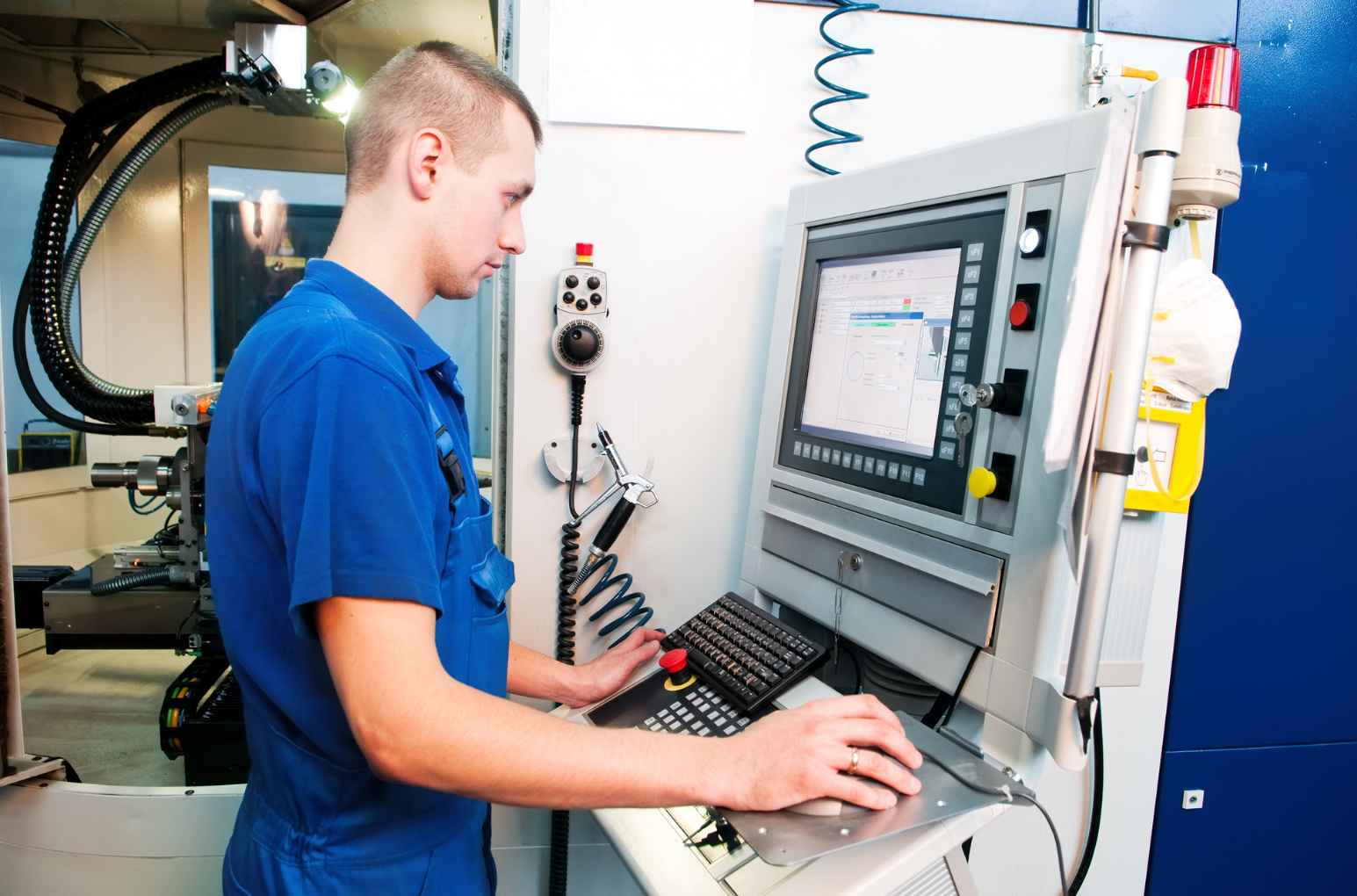
The CNC operator handles the computer numerical control machine. The operator's daily tasks are maintaining, setting, and adjusting the machine along with having knowledge of the software and hardware of the machine.
CAD/CAM
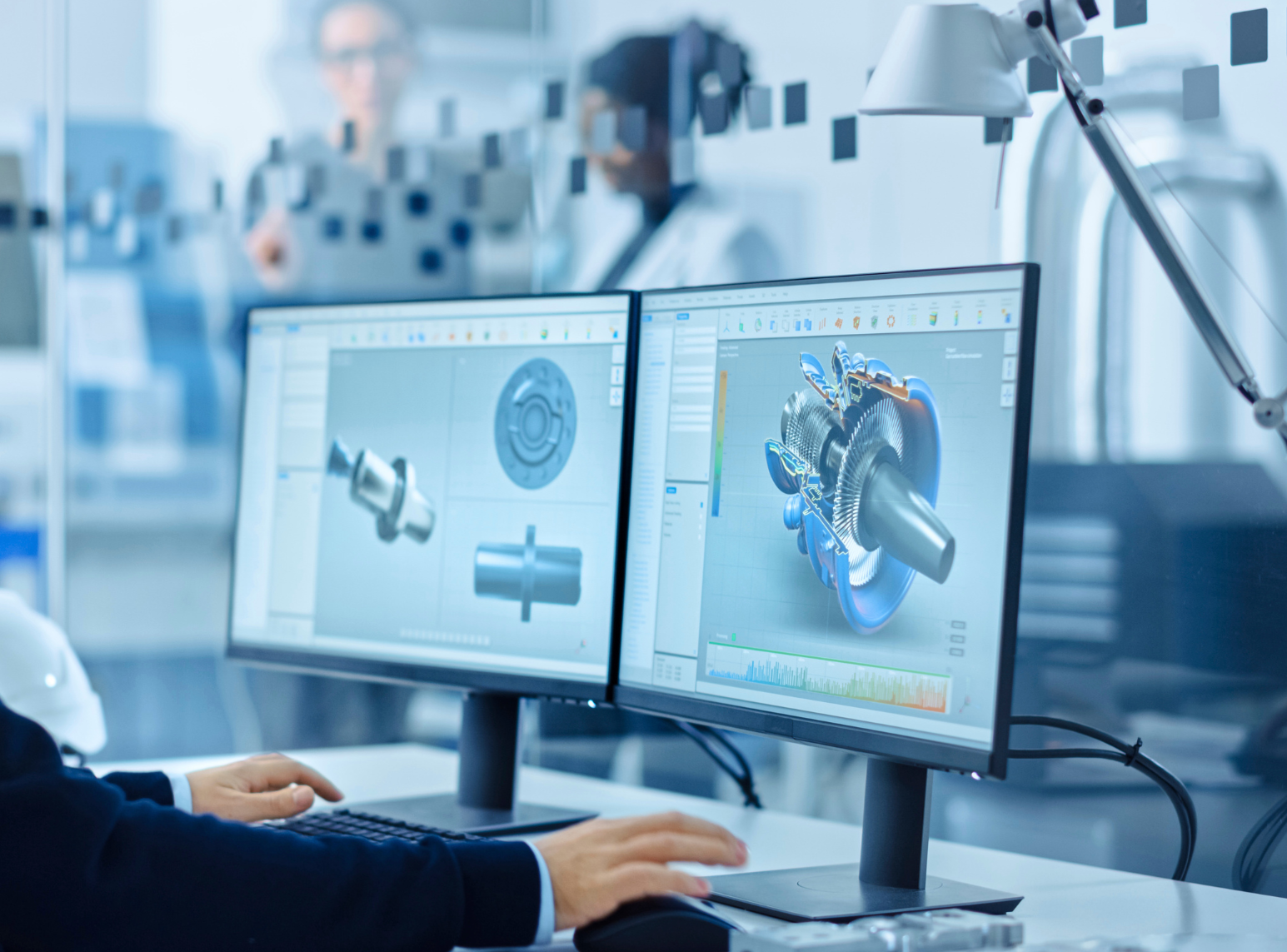
CAD stands for Computer-Aided Design, and CAM stands for Computer-Aided Manufacturing.
CAD is the software used to design products, while CAM is the technology used to program the machinery to produce those products.
CNC Lathe
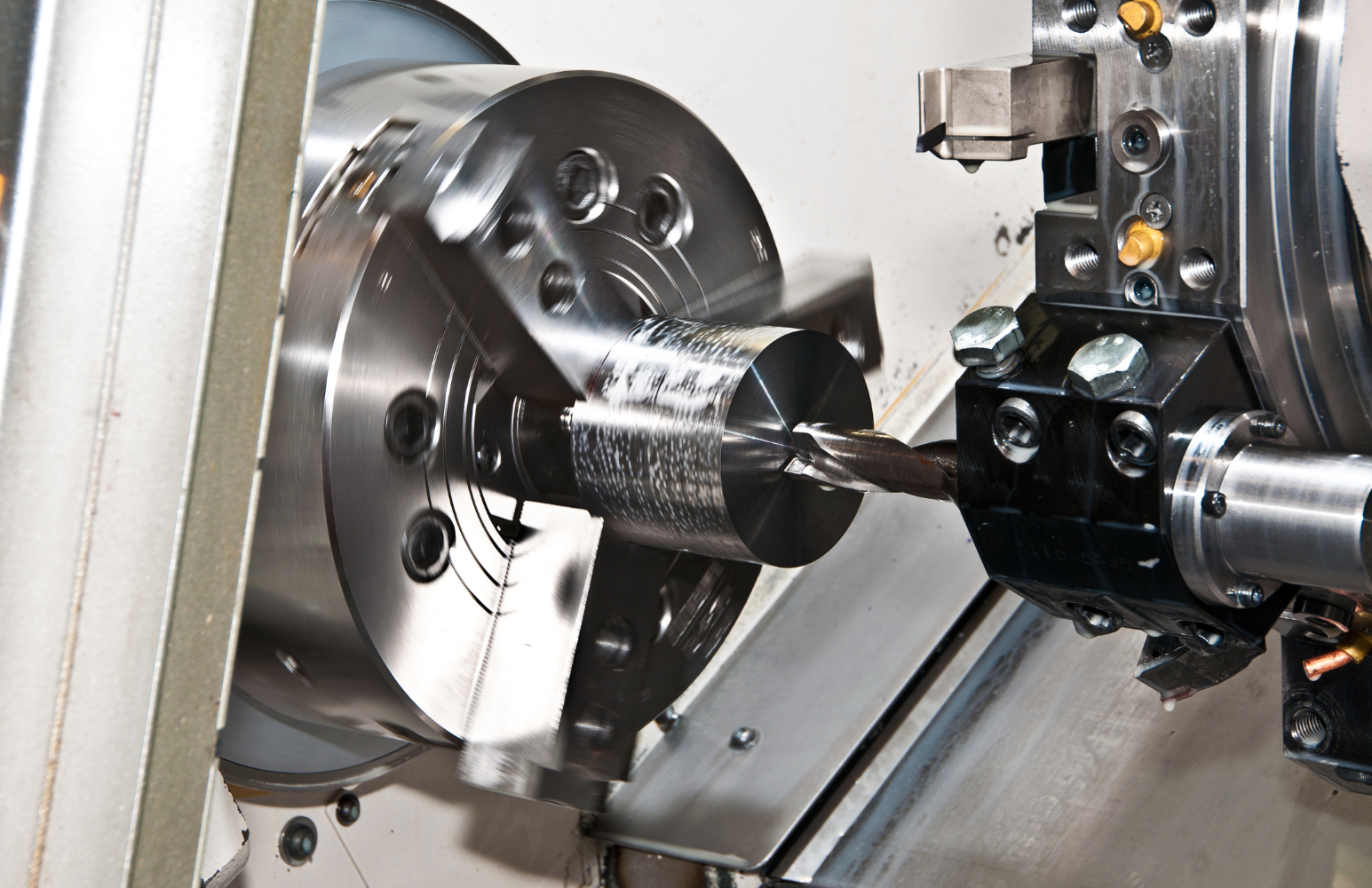
A CNC lathe is a machine tool where the material or part is held in place and rotated by the main spindle as the cutting tool that works on the material is mounted and moved on various axes
Explained: The material (metal) is rotated against the tool to create the finished piece.
CNC Drill
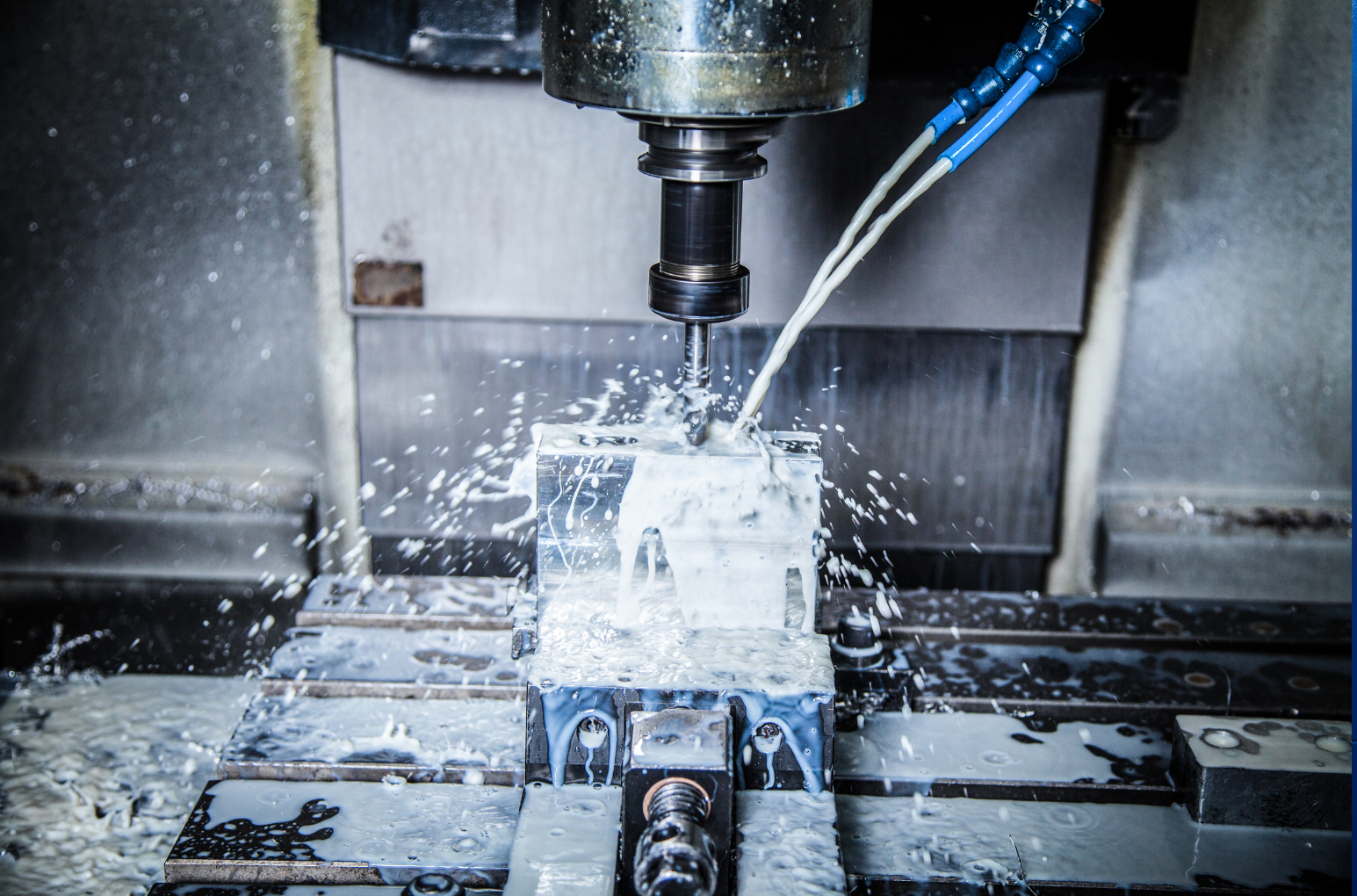
CNC drilling is a machining process that
utilizes a rotating cutting tool to produce
round holes in a stationary workpiece. The
holes are typically made to
accommodate machine screws or bolts
for assembly purposes.
Explained: The material is held still and
the tool drills into it to create the finished
piece.
CNC Milling
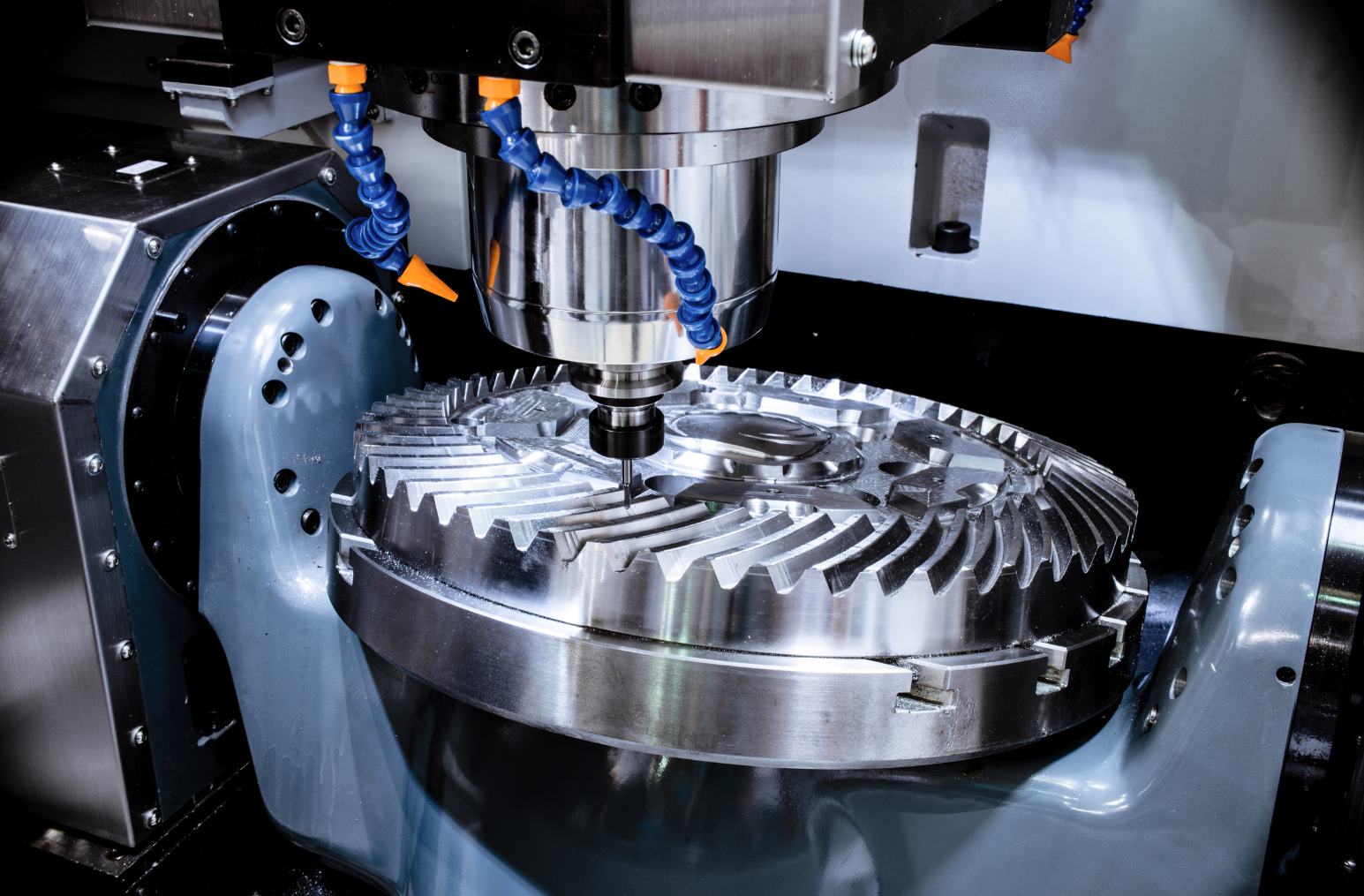
Milling is the process of machining using
rotary cutters to remove material by
advancing a cutter into a workpiece. This
maybe done by varying directions on one
or several axes, cutter head speed, and
pressure.
Explained: Similar to drilling where the
material is held still and the tool is pressed
into it to cut. But unlike a drill, a mill can
move in many directions and make more
advanced cuts.
CNC Grinding
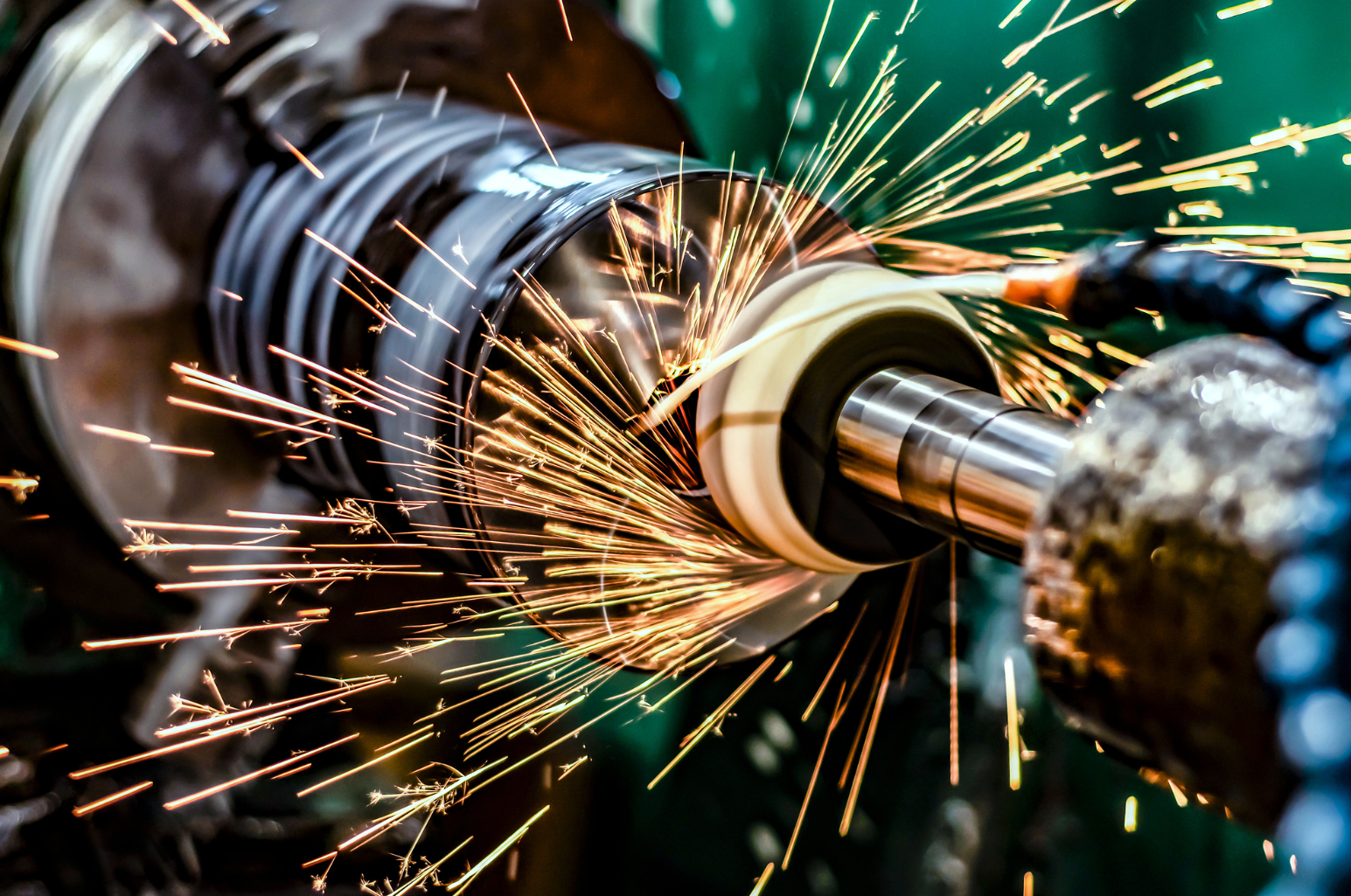
A CNC grinding machine, also known as a
CNC grinder is an automatically operated
grinding machine. This machine is in
charge of the refining of the surface
finishes on the final products
Explained: Similar to a sander or buffer,
the material is pressed against the grinder
CNC Router
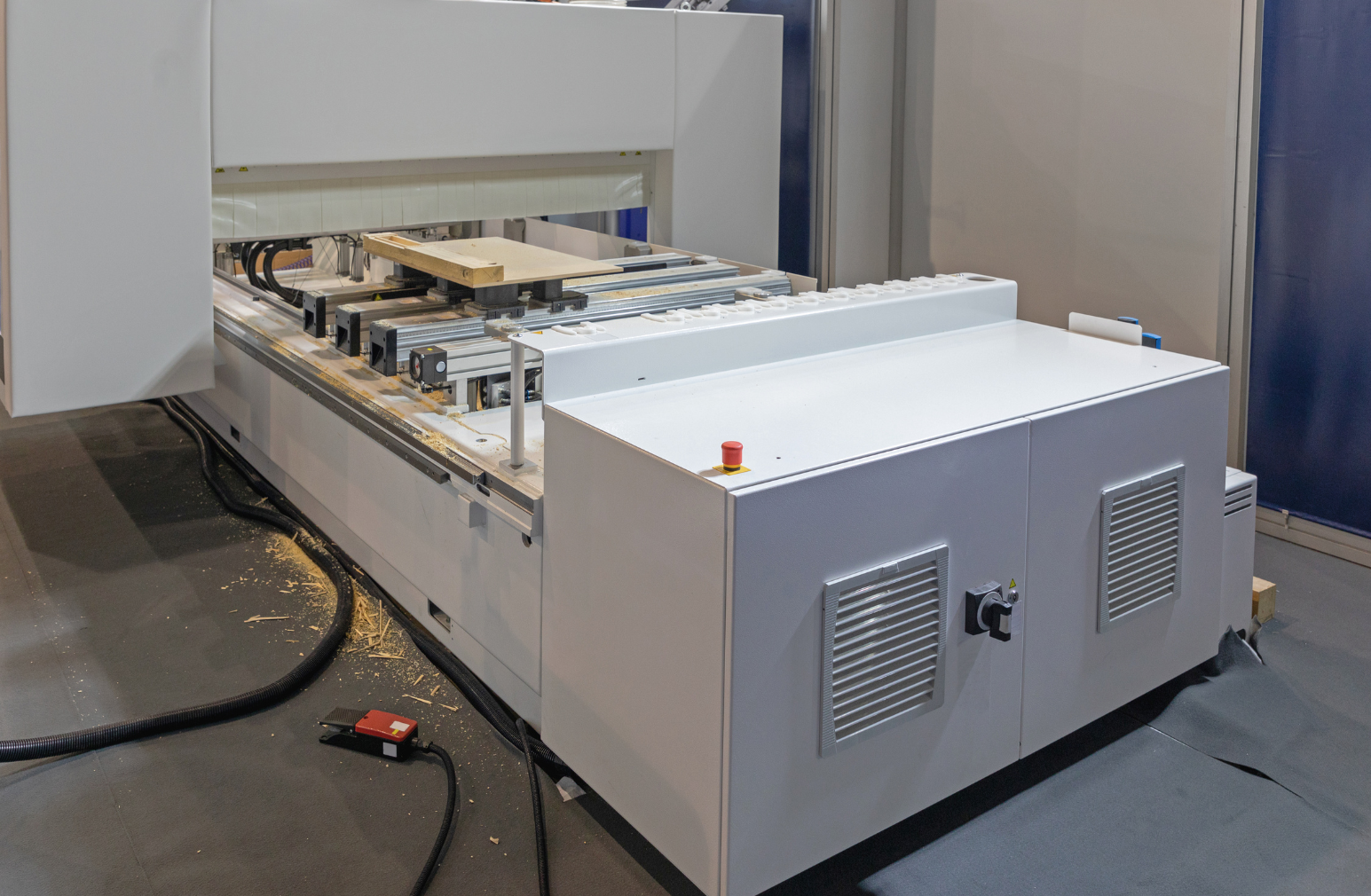
A CNC router is a subtractive
manufacturing process that uses a rotary
tool to remove material from wood,
expanded polyurethane foam, plastic, and
soft metals.
Explained: Used primarily for Wood. The
material is placed below the machine and
the tool lowers onto the material to
remove pieces until it is finished.
Forklift
What is a Forklift Operator?
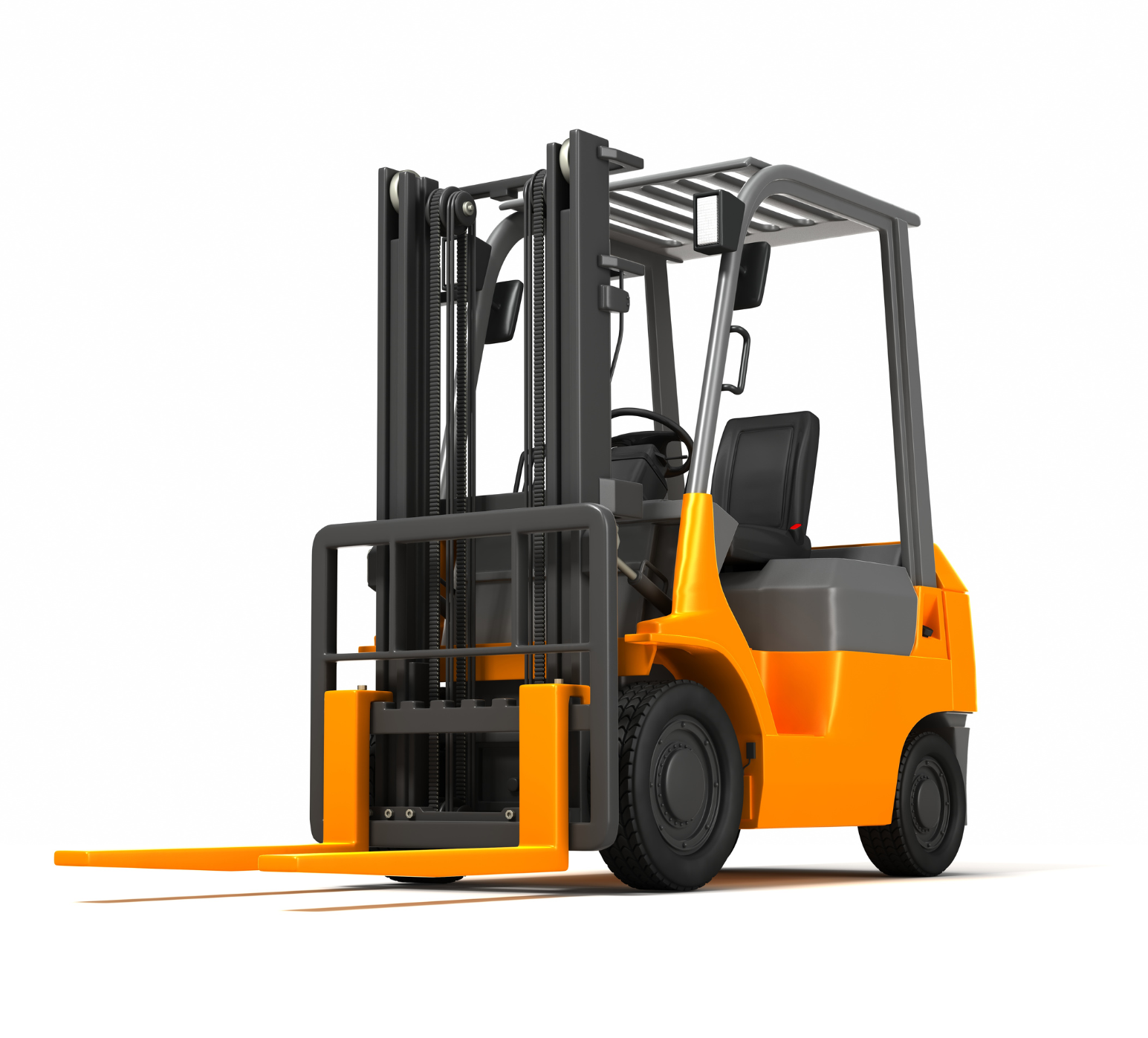
Forklifts are one of the most versatile
vehicles for builders, warehouse workers,
and more. They help to move heavy loads,
and safely lift objects that humans cannot.
Safety to Forklift Tasks
Pre-Shift Inspections:
Before operating a forklift, operators must conduct a thorough pre-shift inspection to ensure the machine is in safe working order. This includes checking brakes, tires, steering, lights, and safety devices.
Load Handling:
Properly handling loads is crucial for preventing tip overs and accidents. Operators must be trained to assess load stability, weight distribution, and safe lifting capacity. They should also use appropriate attachments and secure loads properly.
Maneuvering and Operating:
Operating a forklift requires skill and awareness. Operators must be trained in safe maneuvering techniques, including turning, reversing, and navigating ramps and inclines. They should also be aware of blind spots and maintain a safe distance from other vehicles and pedestrians.
Pedestrian Safety:
Forklifts share the workspace with pedestrians, creating potential for accidents. Operators must be vigilant, use horns and warning lights, and yield to pedestrians. They should also be aware of designated pedestrian walkways and avoid operating in congested areas.
Refueling and Charging:
Refueling or charging forklifts involves handling flammable materials or electrical hazards. Operators must follow proper procedures, use appropriate PPE, and ensure adequate ventilation.
Forklift Operator
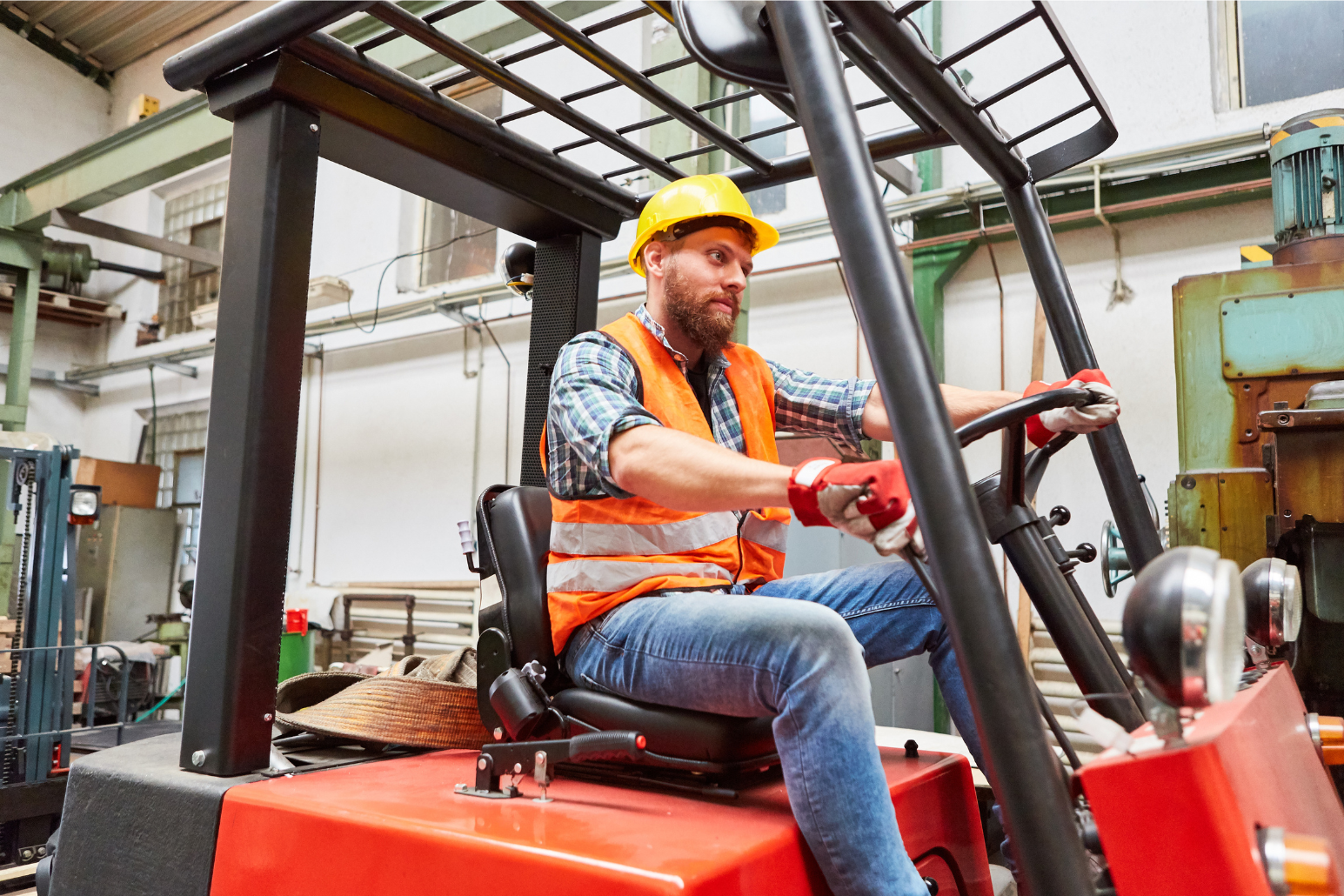
A professional who is responsible for moving
goods around warehouses or other
industrial sites. They do this by using a
forklift to unload deliveries from trucks and
stack boxes for storage purposes
throughout a warehouse and other
industrial property.
Operators must become certified to drive
a forklift. This certification process involves
several days of classroom and hands-on
training, plus passing an exam.
Warehouse Forklift
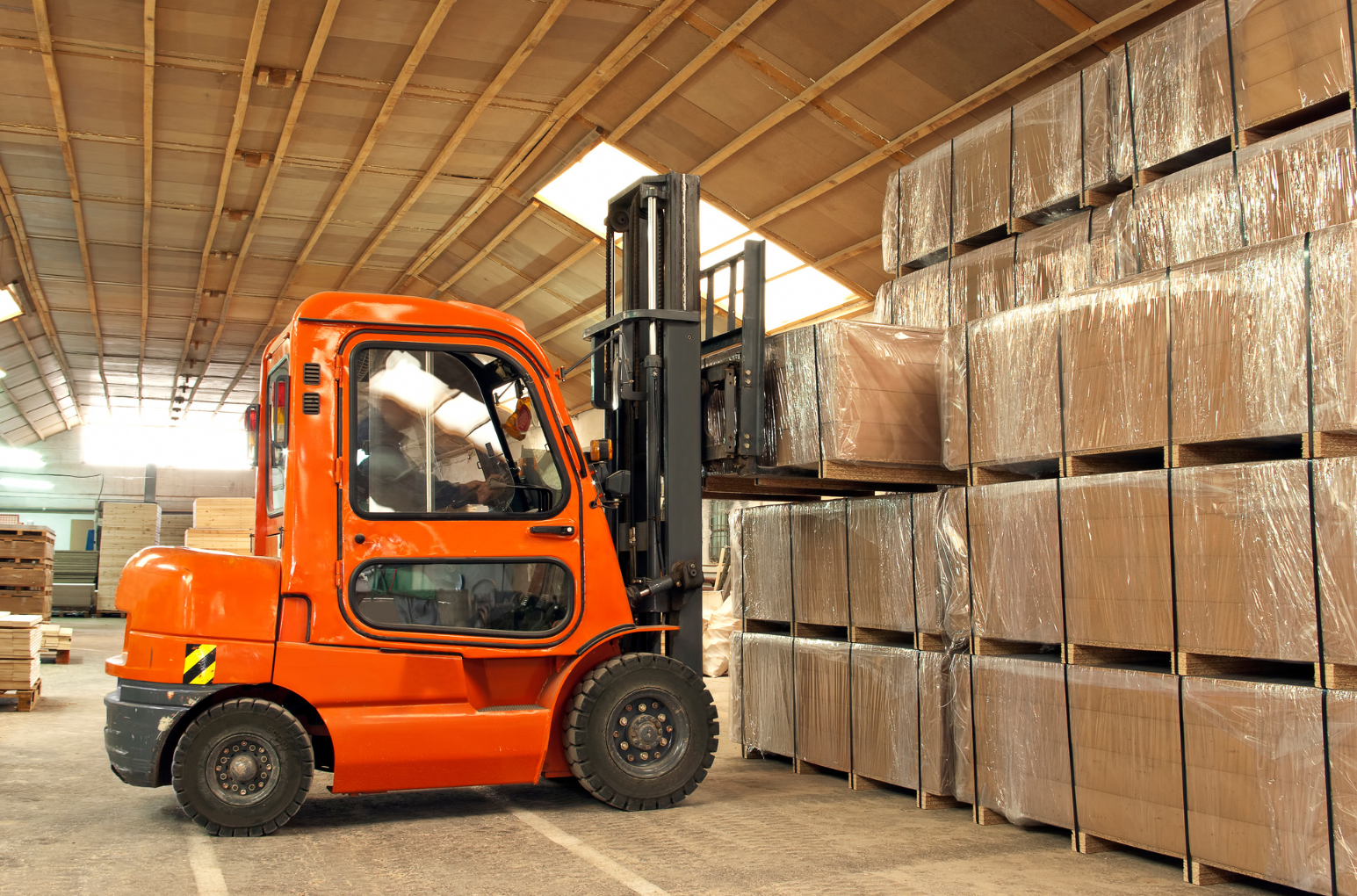
The warehouse forklift is the most
recognizable type of lift truck. It resembles
a golf cart with twin forks extending from
the front. You’ll most often use this forklift
in a facility with many items in inventory,
as it’s great for loading and unloading
pallets and transporting items to and from
delivery vehicles. Most industrial forklifts
can lift 5,000 pounds, but some heavy-
duty models can elevate up to 25,000
pounds. Warehouse forklifts have a few
subtypes, including side loaders and
counterbalance forklifts.
Side Loader
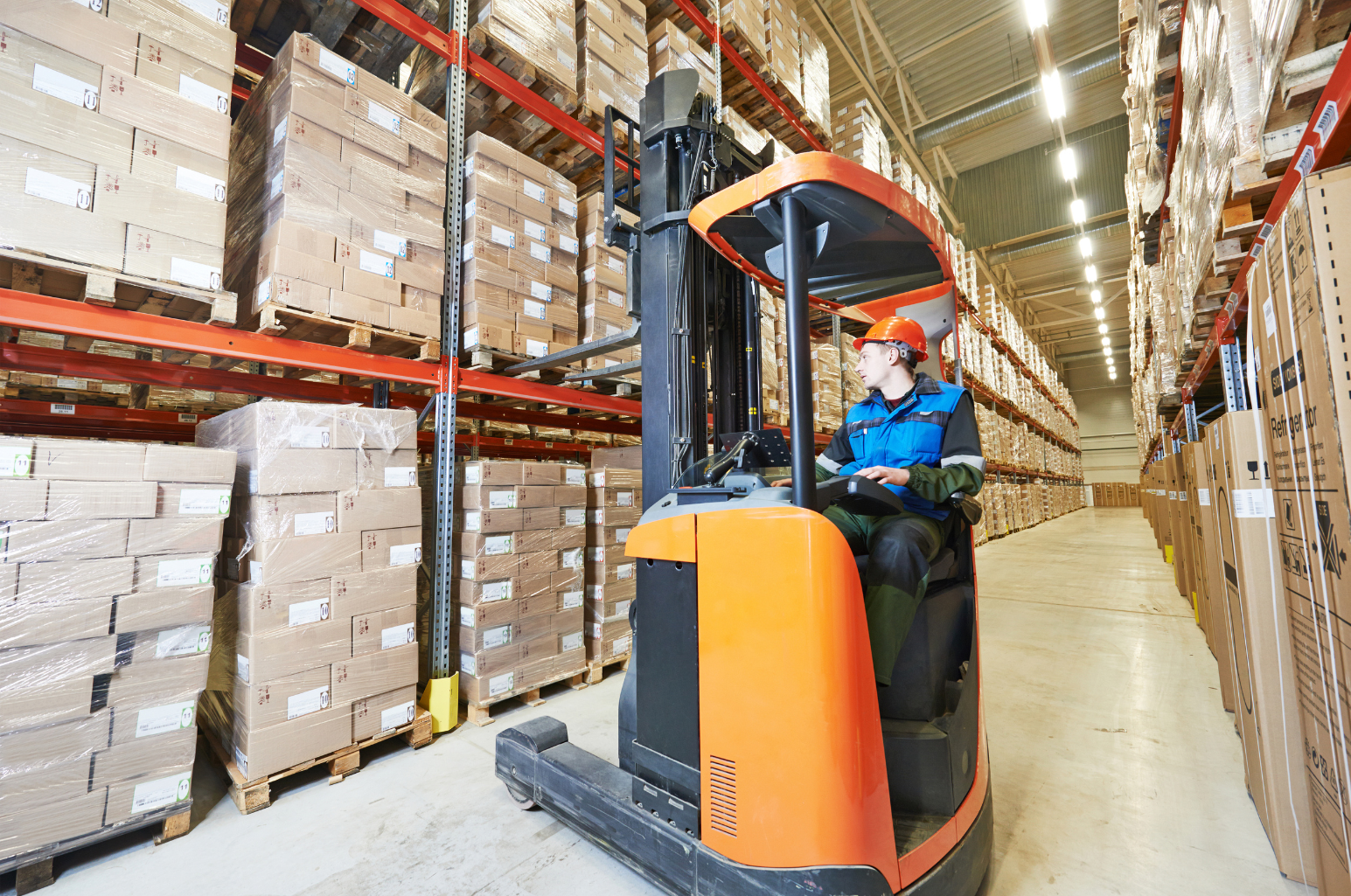
A subtype of the warehouse forklift, side
loaders are usually found in steel service
centers and manufacturing facilities with
heavy, long, and bulky items such as pipes
and lumber.
The operator stands in a sideways
compartment while a side loader unloads
objects. Due to its sideways operation,
side loader forklifts can easily drive up alongside racks and load and unload
without turning. This makes them suitable
for navigating narrow aisles and handling
long loads like timber and pipes.
Counter Balance Forklift
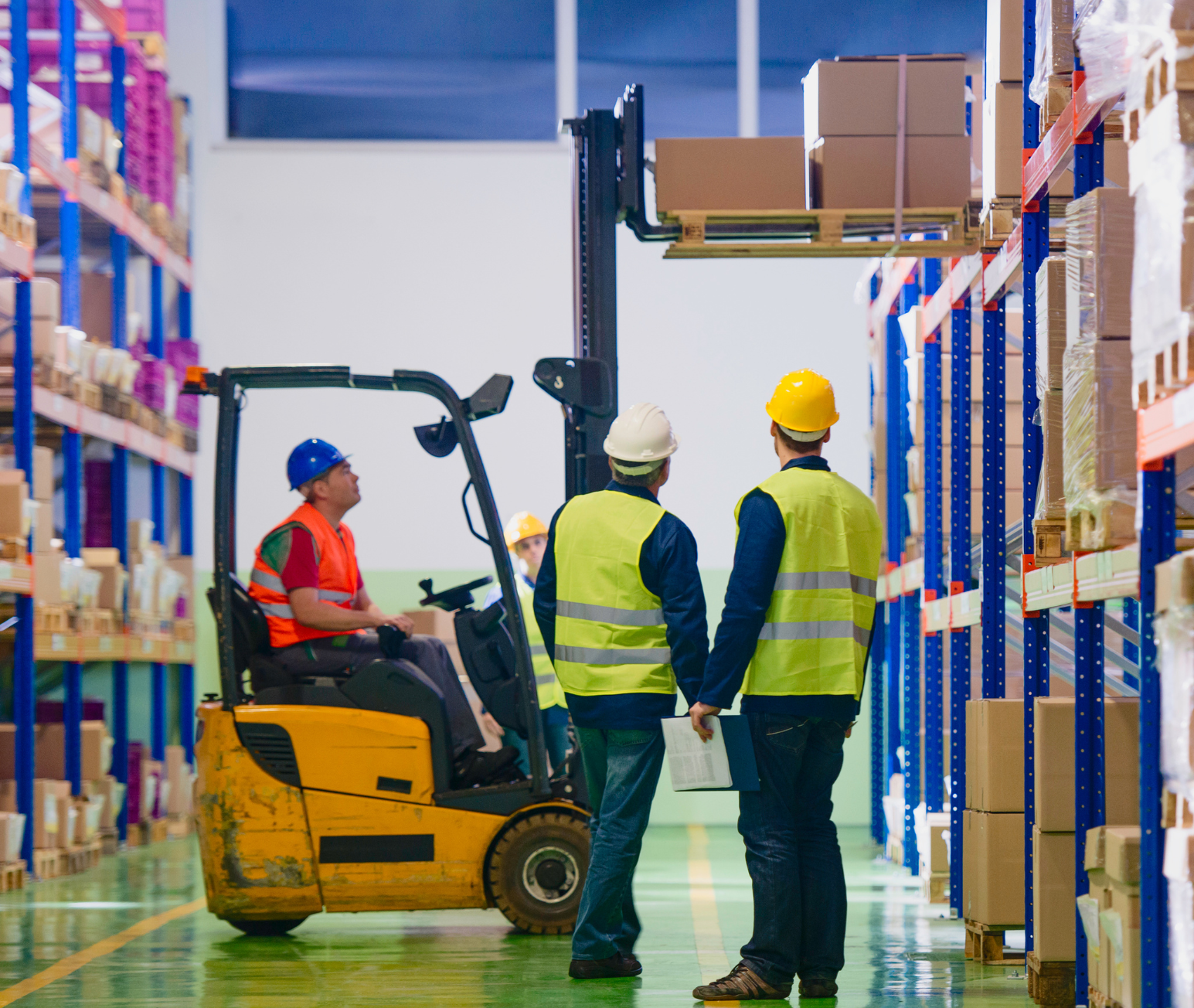
The counterbalance forklift is a popular lift
that features forks in the front and a
weight in the back to counterbalance the
weight of the load. Counterbalance
forklifts have no extending arms, giving
them the ability to move directly to the
load.
There are a few different types of
counterbalance forklifts. The 3-wheel
variant is ideal for situations requiring the
operator to turn and maneuver in circles,
while a stand-up counterbalance forklift
allows operators to easily hop on and off
between loads.
Telehandler
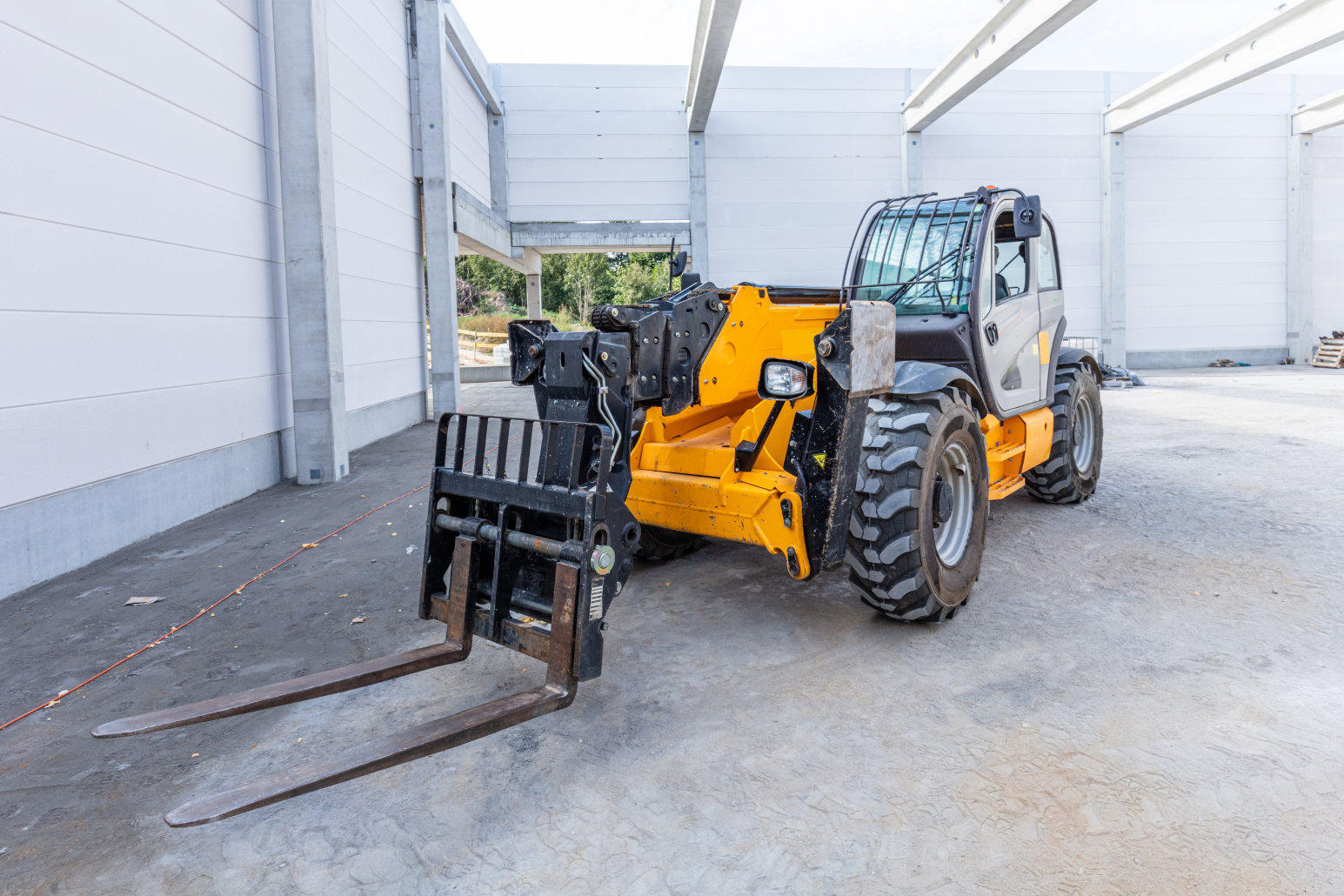 Describe the item or answer the question so that site visitors who are interested get more information. You can emphasize this text with bullets, italics or bold, and add links.
Describe the item or answer the question so that site visitors who are interested get more information. You can emphasize this text with bullets, italics or bold, and add links.Heavy-Duty Forklift
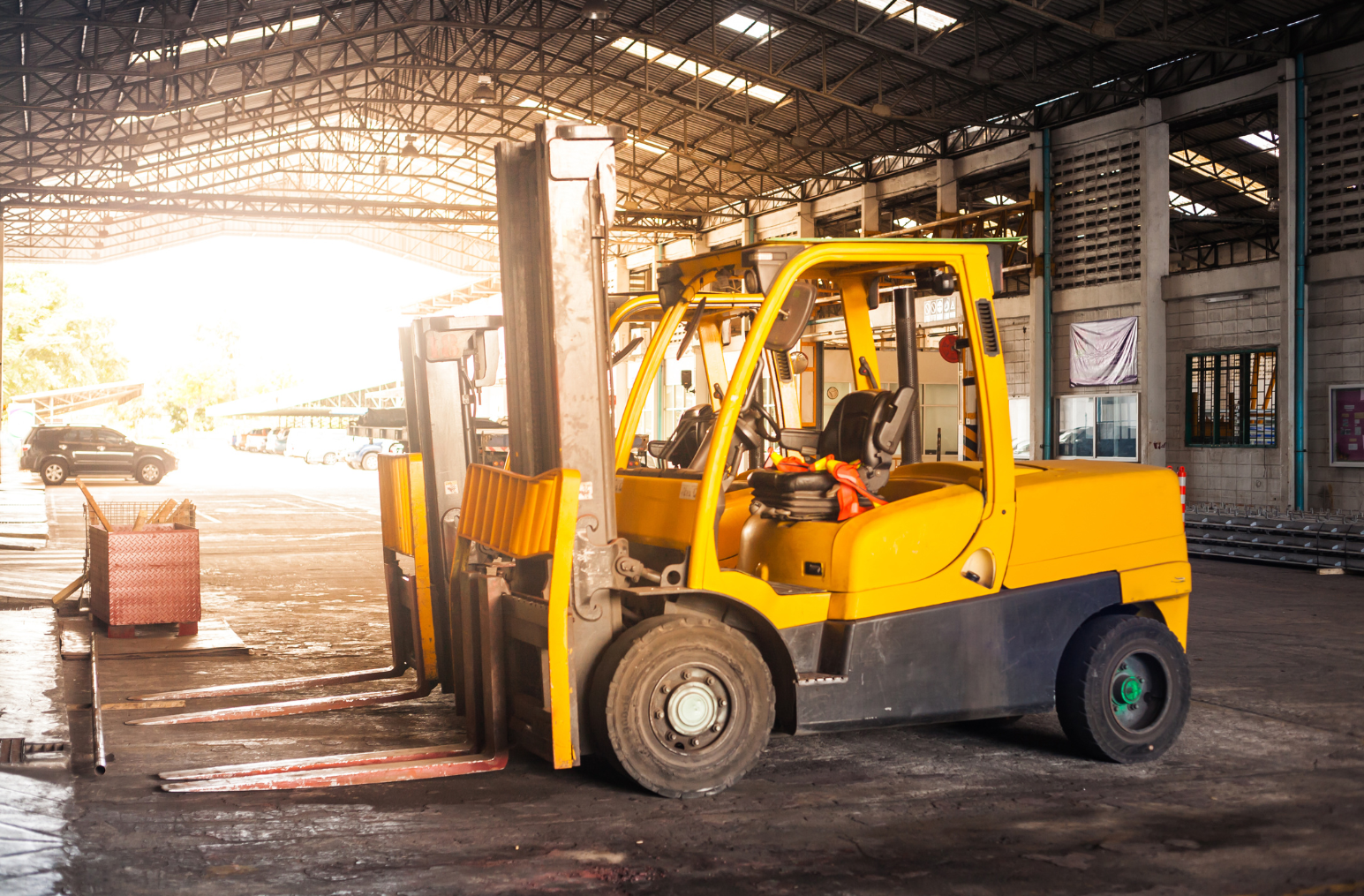
The heavy-duty forklift — also called a
large-capacity forklift — combines the
functionalities of a warehouse forklift with
a telehandler. While it can’t reach difficult
angles the way a telehandler can, it can
lift heavier loads much higher off the
ground than a warehouse forklift. Smaller
heavy-duty forklift starts with a 30,000-lb
maximum lift, but you can find heavy-
duty forklifts with a 100,000-lb maximum
lift if such power is necessary.
Rough Terrain Forklift
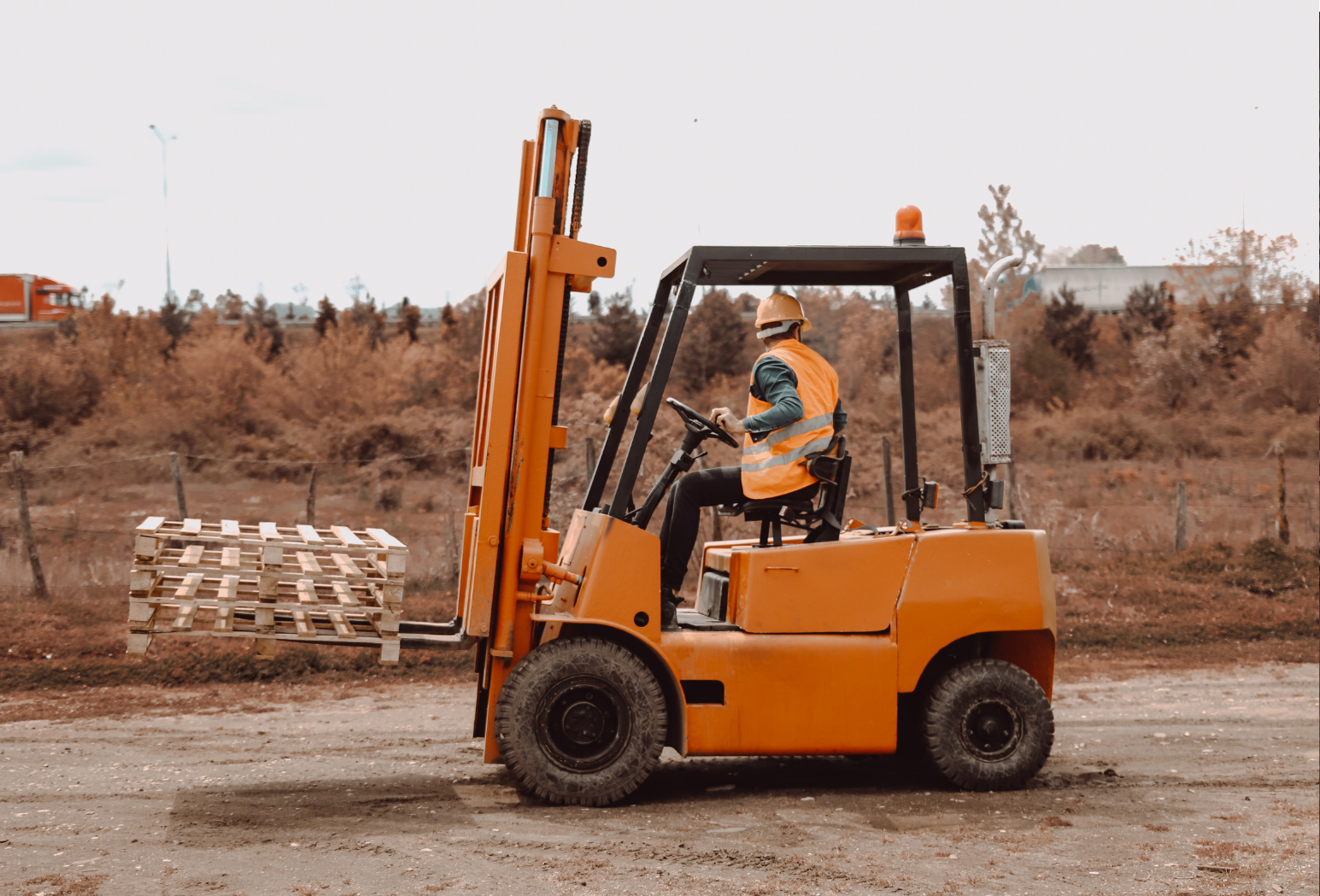
Also known as a straight mast forklift, the
rough terrain forklift is designed
specifically for outdoor job sites with
uneven surfaces. These trucks have sturdy
pneumatic tires that are oversized and
threaded, giving them better balance and
stability to safely transport materials on
rocky ground.
Pallet Jack
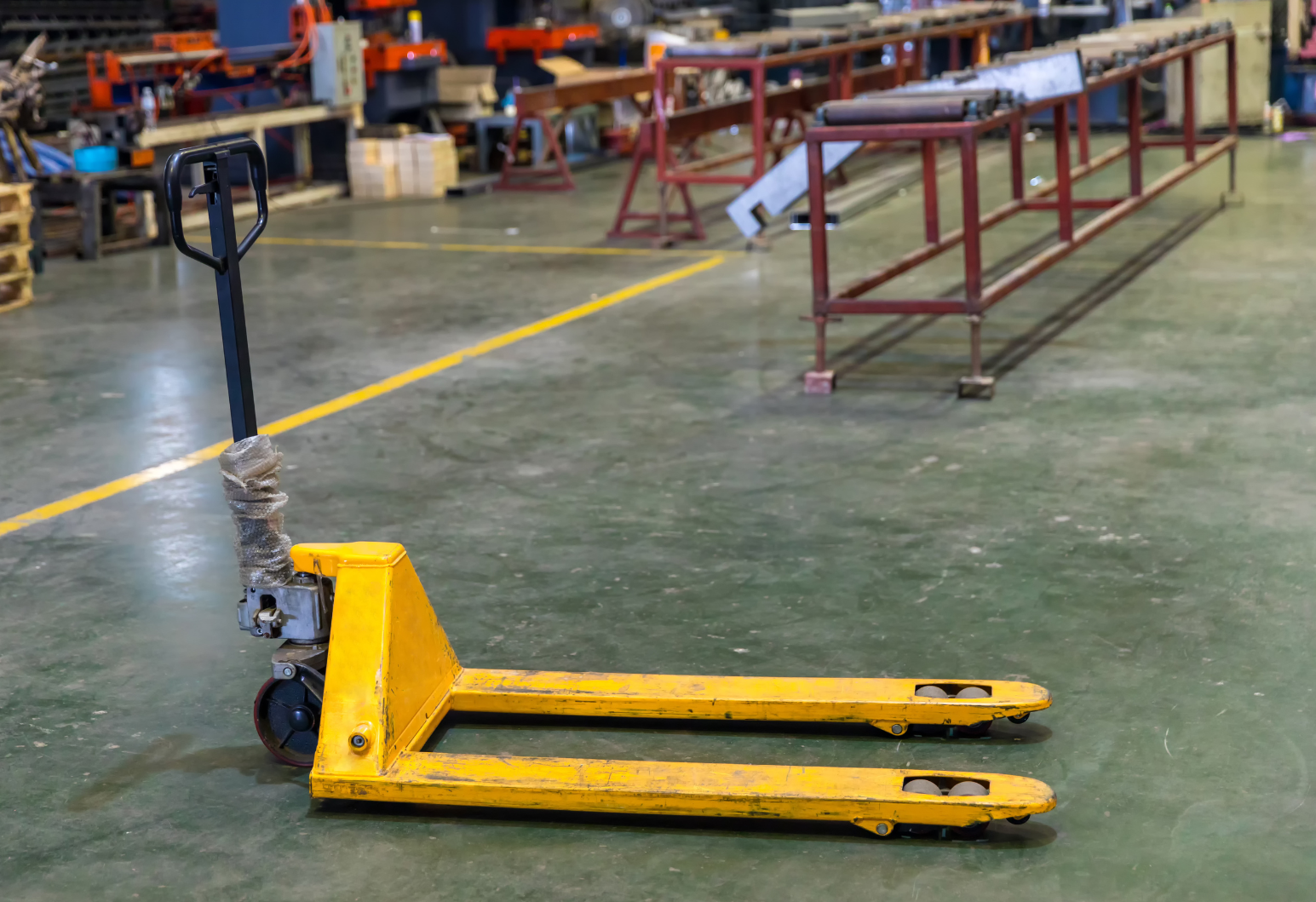
Pallet jacks are specialized in nature. Also
known as pump trucks, these pallet lifts
aren’t capable of lifting large loads due to
their small size. In exchange for power,
pallet jacks have a small footprint,
allowing them to fit into the tightest
spaces and lift small loads in tight
quarters.
Walkie Stacker
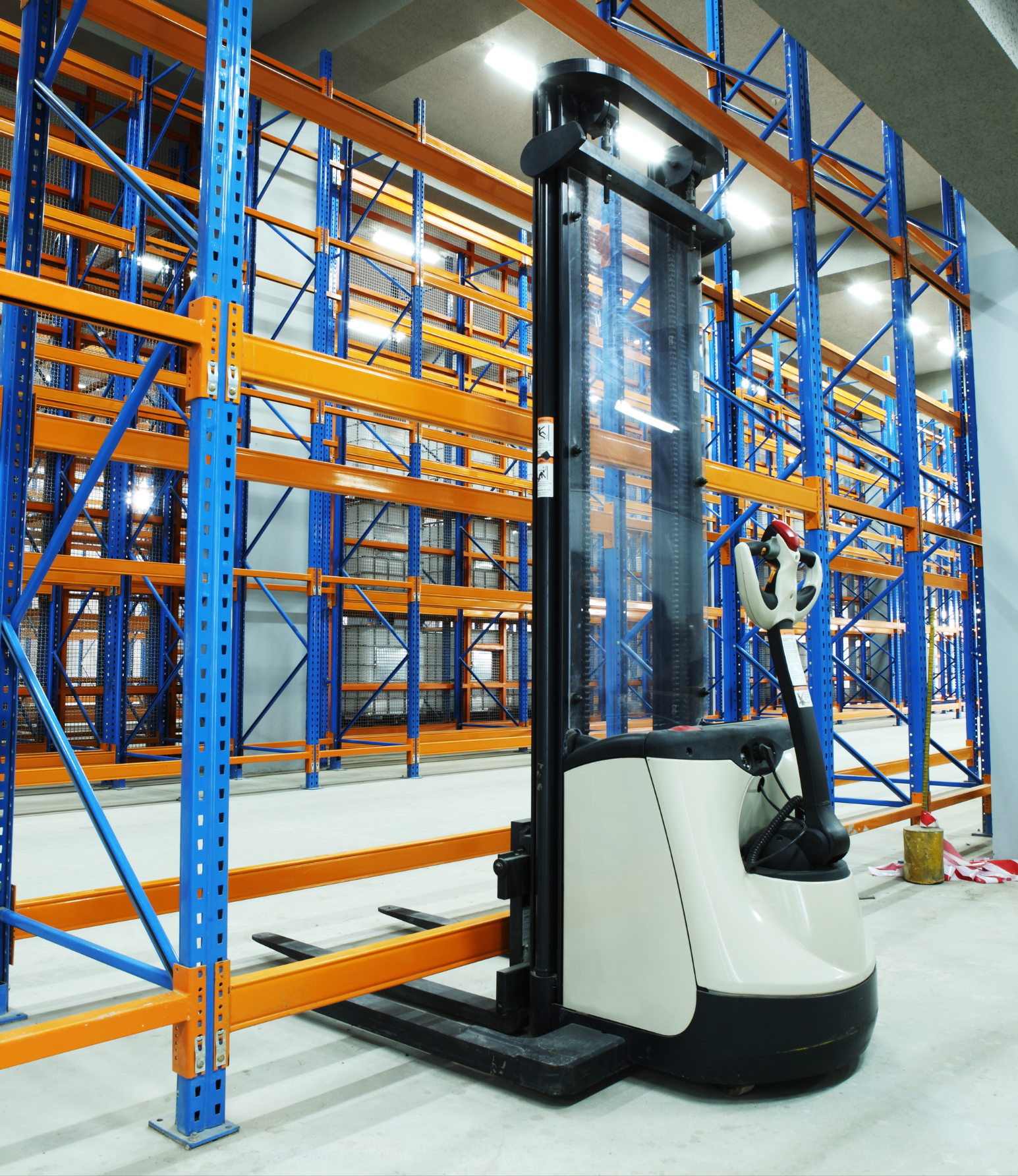
Walkie stackers are unique in appearance
and specific in utility. Unlike other forklifts,
these types of material-handling vehicles
don’t have cabs. Instead, the operator
walks behind the stacker and steers it by
using an attached handle. These units
lack power, maneuverability, and speed
but are ideal for situations where you
need a taller pallet jack. The walkie-
stacker reaches much higher off the
ground than traditional pallet jacks.
Order Picker
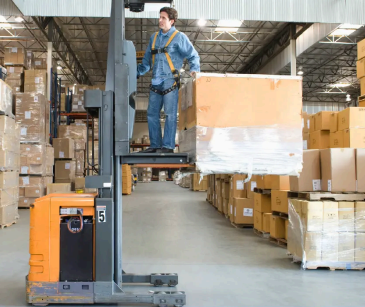
An order picker is a subtype of the walkie-
stacker operators used to pick and deliver
materials from storage. Reaching up to 32
feet, these machines are designed to lift
operators up to warehouse racks and
carry individual units. They excel in
customer order warehouses and storage
facilities since they can pick individual
units without having to bring down full
pallets. Their versatile design means they
can handle items of various sizes, from
auto parts to furniture.
Reach Fork Truck
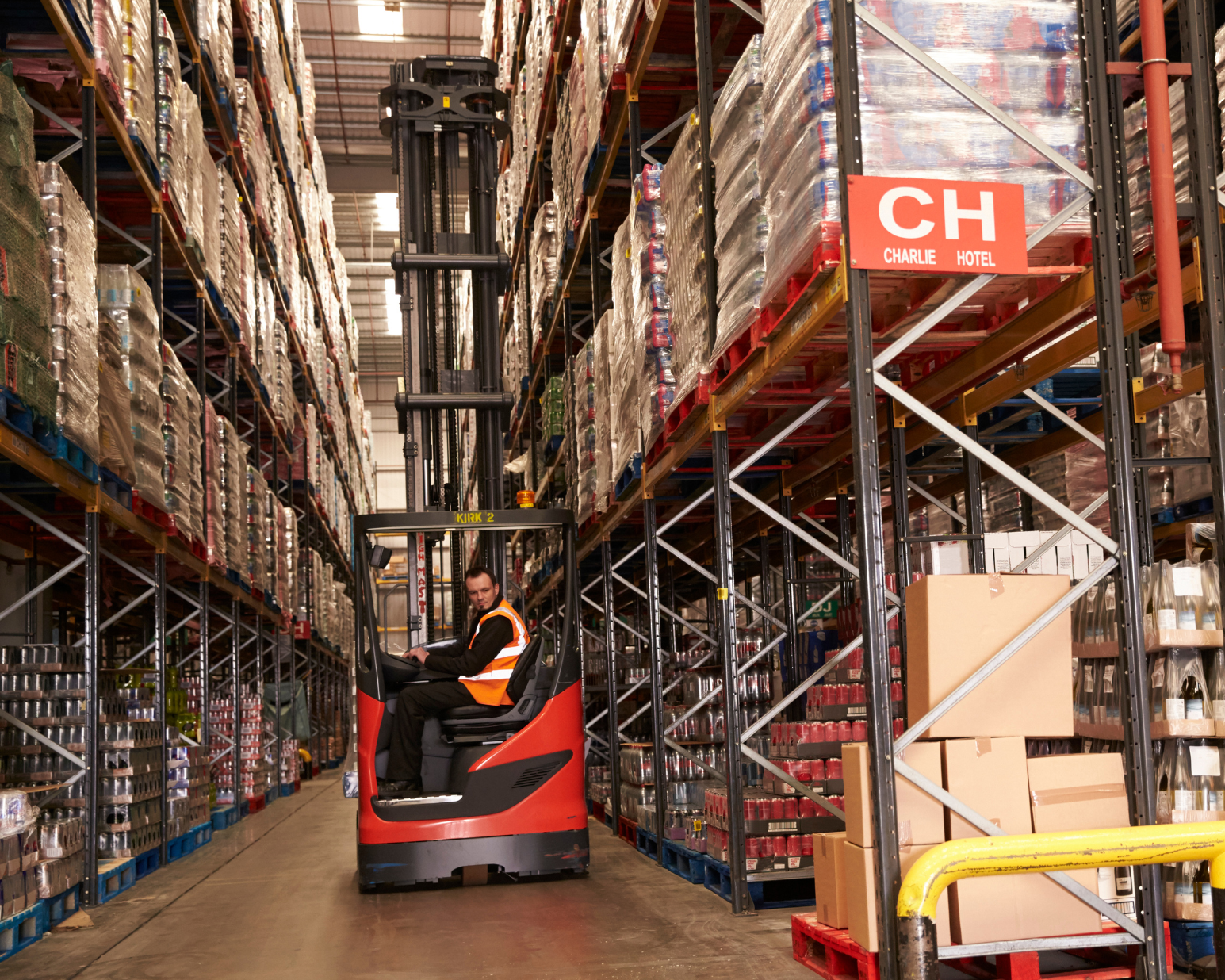 Describe the item or answer the question so that site visitors who are interested get more information. You can emphasize this text with bullets, italics or bold, and add links.
Describe the item or answer the question so that site visitors who are interested get more information. You can emphasize this text with bullets, italics or bold, and add links.Class 1: Electric Motor ride Truck Classification

Class I – Electric Motor Ride Truck
Class I forklifts are powered by batteries and
designed specifically for indoor use where air
quality may be a concern.
Examples of electric motor ride trucks may
include warehouse and counterbalance
forklifts.
Fuel Type: Battery
Use: Indoor settings such as warehouses
Class 2: Electric Motor Narrow Aisle Truck Classification
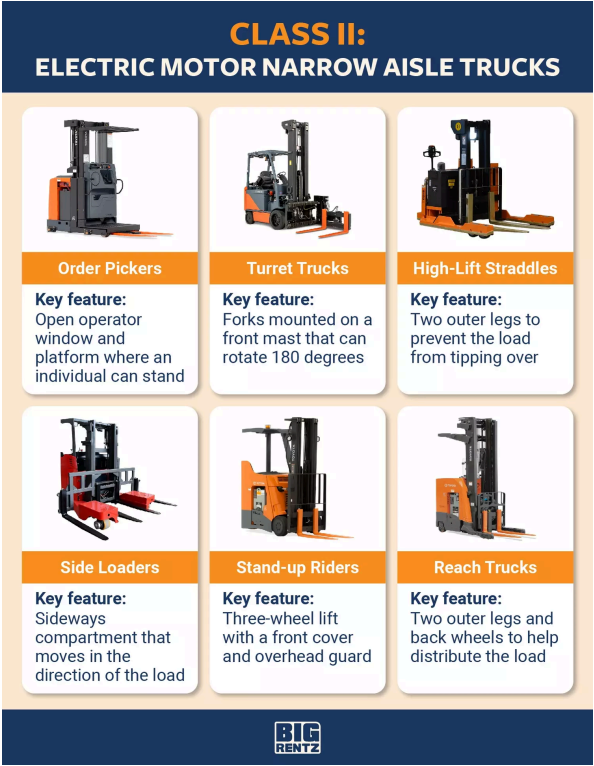
Class II forklifts are classified for their ability to fit and maneuver within tight spaces such as the aisles in a warehouse. These are also powered by rechargeable batteries and are intended for inside use only.
Some examples of electric motor narrow aisle trucks may include side loaders, order pickers, walkie stackers, and reach fork truck forklifts.
Fuel Type: Battery
Use: Moving inventory in narrow or tight spaces
Class 3: Electric Motor Hand Truck Classification
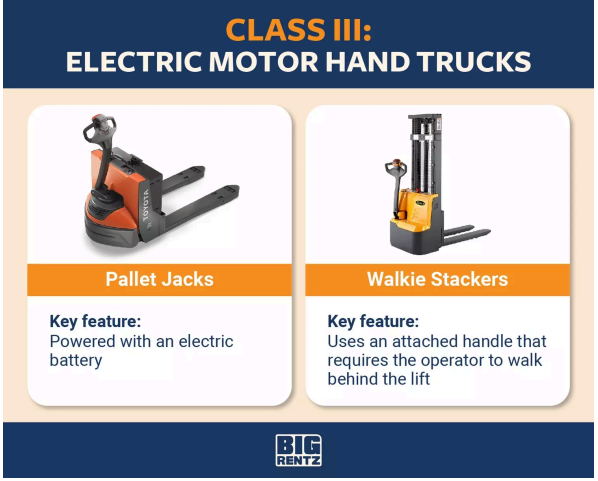
Class III forklifts are another type of battery-operated truck. Instead of having a cabin or controls to drive the forklift, this class allows the operator to manually move the truck and then use the controls to raise and lower the forks.
An example of an electric motor hand truck includes a powered pallet jack.
Fuel Type: Battery
Use: Quickly unloading delivery trucks across short distances
Class 4: Internal Combustion Engine With Cushion Tires Classification
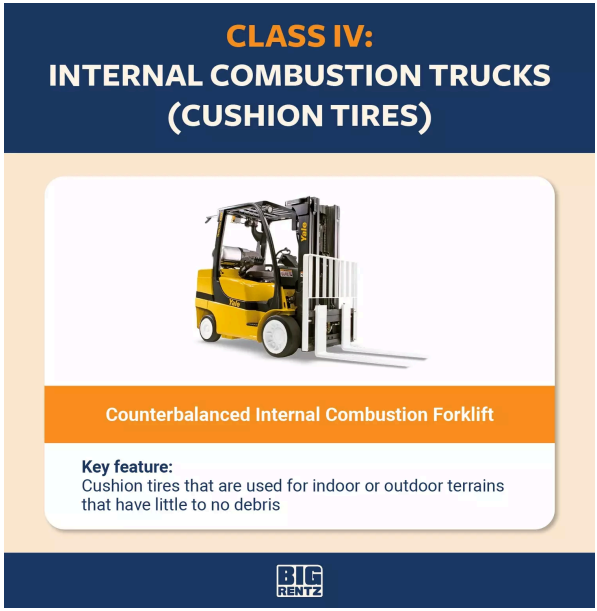
Class IV forklifts are similar to class I, but the main difference is the fuel type and tires. Since these forklifts are operated by gas or diesel, they emit fumes into the environment, making them unfit for indoor settings with little ventilation. Cushion tires are only intended for smooth surfaces, so while they may be
suitable for some outside projects, but they are not suitable for rough terrain.
Examples of internal combustion engines with cushion tires may include warehouse and counterbalance lifts that require fuel rather than charging.
Fuel Type: Gas or diesel
Use: Low-clearance situations
Class 5: Internal Combustion Engine Trucks With Pneumatic Tires Classification
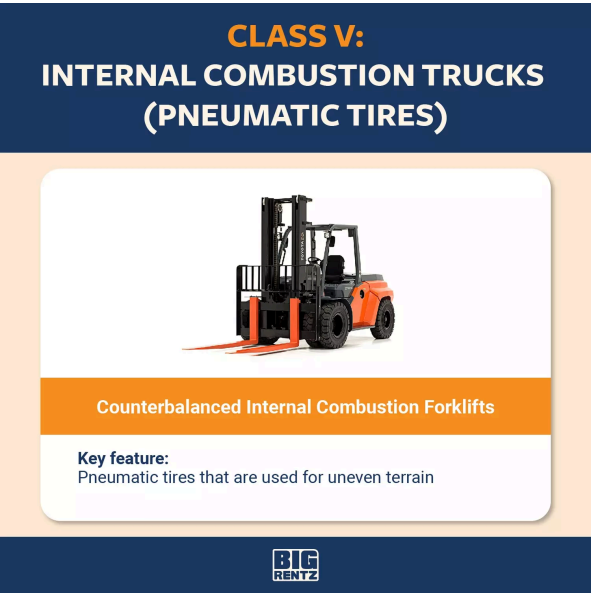
Class V forklifts are similar to class IV lifts but are classified differently due to their tires. Thanks to the pneumatic tires, these trucks offer superior shock absorption that’s fit for uneven terrains.
Examples of internal combustion engine trucks with pneumatic tires may include warehouse, counterbalance, and heavy-duty forklifts.
Fuel Type: Gas or diesel
Use: Indoor and outdoor with rough surfaces
Class 6: Electric and Internal Combustion Engine Tractors Classification
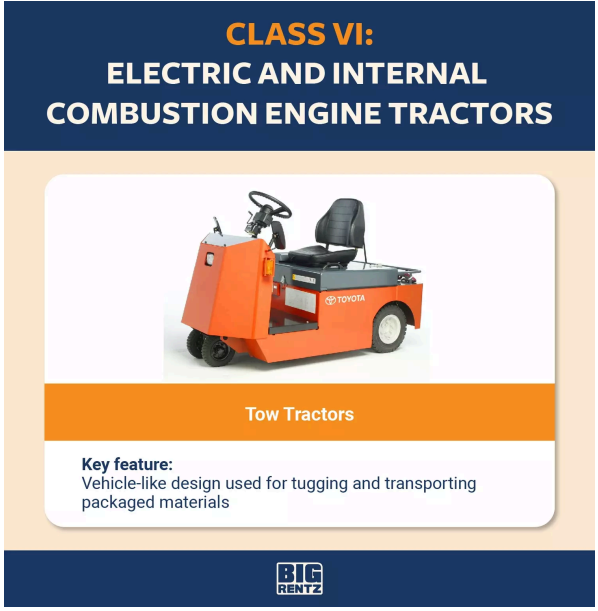
Class VI forklifts aren’t for lifting loads so much as towing them. They can pull massive loads — up to 55,000 pounds. These types of trucks can be found in both indoor and outdoor settings, such as warehouses and airports.
An example of an electric and internal
combustion engine tractor is called a tugger.
Fuel Type: Battery, gas or diesel
Use: Hauling or towing loads
Class 7: Rough Terrain Forklift Truck Classification
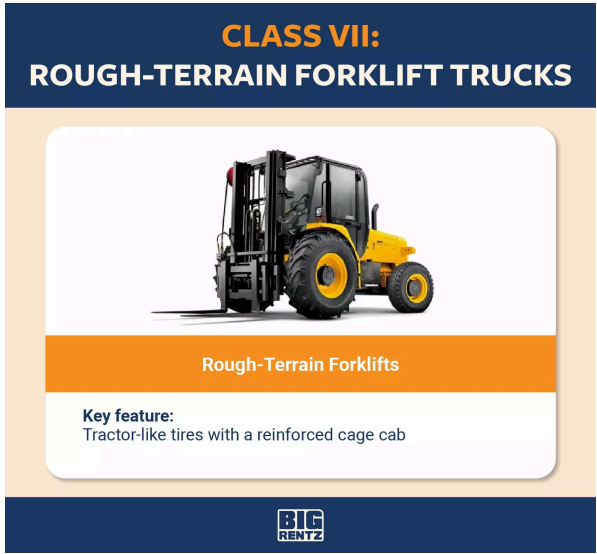
Class VII lifts are classified for their use on
rough, uneven surfaces such as gravel and dirt paths. These lifts are only intended for outdoor use and have specialized tires and counterweights to ensure the load stays stable while being transported across various terrains.
Examples of rough terrain forklift trucks may include telehandlers and rough terrain forklifts.
Fuel Type: Gas or diesel
Use: Construction sites, uneven ground, high-elevation lifting
Forklift Elements
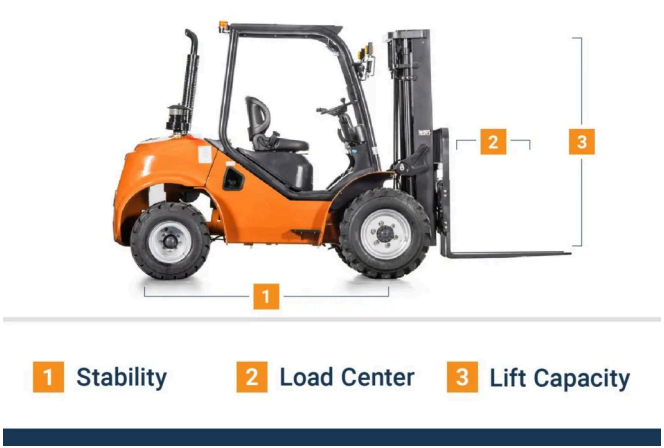
Stability triangle: The area under the forklift that maintains the center of gravity and prevents the vehicle from tipping over.
Load center: The distance from the forks to the load’s center of gravity; varies depending on the load weight, lift angle,
and tilt angle.
Lift capacity: The amount of weight a forklift can carry safely while remaining stable.
General Labor
What is General Labor?
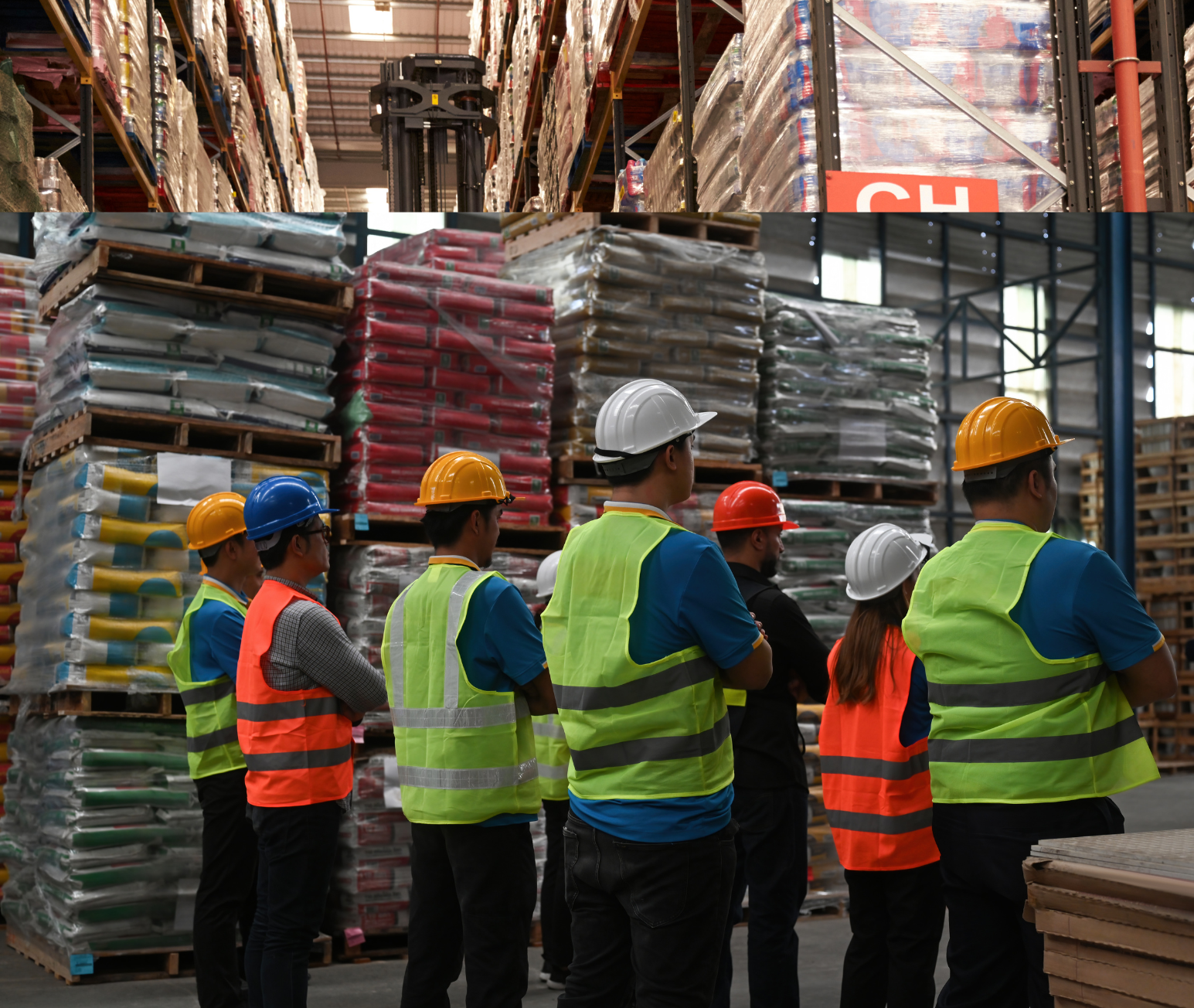
General laborers perform a variety of physical tasks that require strength, stamina, and a willingness to work hard. They are the foundation of many industries, doing the essential jobs that keep things moving. This can include anything from lifting and moving materials to cleaning and maintaining work areas. General laborers may find themselves working indoors or outdoors, in factories, warehouses, construction sites, and more. Because the work is physically demanding and can involve a variety of tasks and environments, safety is a top priority. General laborers must be able to follow instructions, work safely, and adapt to different situations.
Safety to General Labor Tasks
Material Handling:
Lifting, carrying, and moving materials are common tasks for general laborers. Proper lifting techniques, using material handling equipment safely, and wearing appropriate PPE are essential for preventing injuries.
Cleaning and Maintenance:
Cleaning and maintenance tasks can involve working with chemicals, operating power tools, or working at heights. General laborers should be trained in the safe use of cleaning agents, equipment, and fall protection.
Construction and Demolition:
General laborers in construction may be involved in tasks such as digging, demolition, or material delivery. Awareness of site hazards, proper use of PPE, and following safety guidelines are crucial in these dynamic environments.
Outdoor Work:
Working outdoors exposes general laborers to weather conditions, uneven terrain, and potential hazards like traffic or wildlife. Appropriate clothing, footwear, and awareness of surroundings are important for safety.
Material Handler
What is a Material Handler?

Material handlers are the logistics experts who keep materials moving efficiently and safely throughout a warehouse or production facility. They are the guardians of inventory, ensuring that goods are received, stored, and shipped correctly. From unloading trucks and organizing stock to picking orders and preparing shipments, material handlers play a crucial role in the supply chain. But their work involves more than just moving boxes; it requires a keen understanding of safety protocols, especially when handling a variety of materials, including potentially hazardous ones. Material handlers must be adept at operating equipment like forklifts and pallet jacks, following proper lifting techniques, and using appropriate PPE to protect themselves and their colleagues. By prioritizing safety alongside efficiency, material handlers contribute to a smooth and secure flow of goods.
Safety to Material Tasks
Importance of Accuracy and Safety: Material handlers are responsible for the safe and accurate movement of materials, including those that may be hazardous. Attention to detail, adherence to safety protocols, and a commitment to preventing accidents are essential qualities for this role.
Safety to Material Handler Tasks:
Receiving and Unloading:
Unloading trucks, verifying shipments, and inspecting materials for damage require careful handling and awareness of potential hazards. Material handlers must use proper lifting techniques, operate equipment safely, and wear appropriate PPE.
Storing and Organizing:
Properly storing and organizing materials is crucial for safety and efficiency. Material handlers must be knowledgeable about stacking procedures, weight limits, and safe storage practices for different types of materials, including hazardous ones.
Picking and Packing Orders:
Accurately picking and packing orders while navigating busy warehouse aisles requires focus and attention to detail. Material handlers must be aware of their surroundings, use equipment safely, and avoid shortcuts that could compromise safety.
Loading and Shipping:
Loading outgoing shipments onto trucks requires careful planning and securement of loads. Material handlers must understand load distribution, weight limits, and proper securing techniques to prevent accidents during transport.
Hazardous Material Handling:
When handling hazardous materials, material handlers must follow strict safety protocols, including using appropriate PPE, labeling containers correctly, and storing materials in designated areas. They should also be trained in emergency procedures in case of spills or leaks.
Machinist
What is a Machinist?
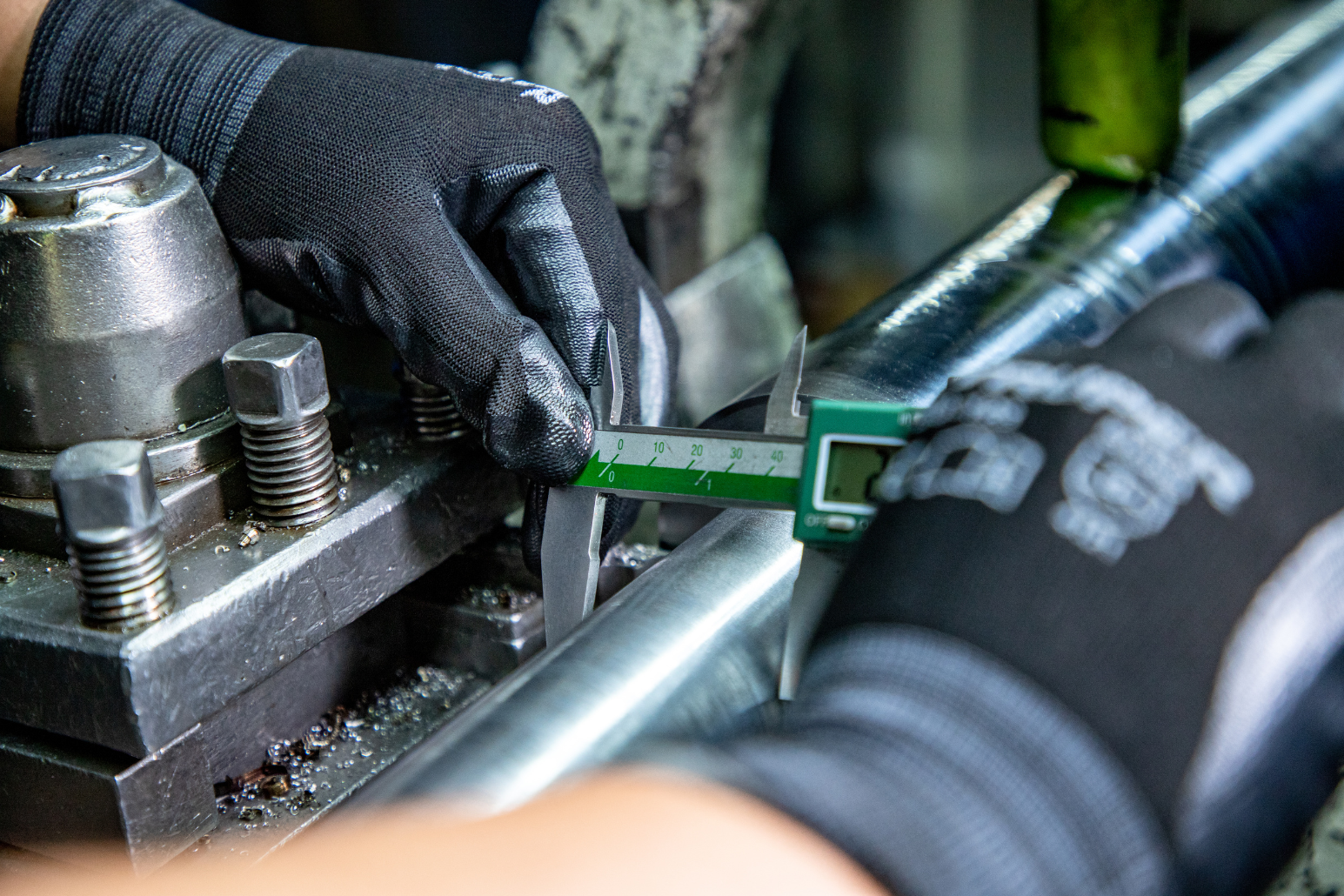
Warehousing: A Dynamic Environment:
Machinist: Crafting Precision with Safety in Every Cut
Machinists are the skilled artisans of the manufacturing world, using their expertise to transform raw materials into precisely engineered parts that form the building blocks of machines, tools, and instruments. They're the masters of metalworking, operating lathes, mills, grinders, and other specialized equipment to shape metal with incredible accuracy. From reading blueprints and setting up machines to carefully executing cuts and inspecting finished parts, machinists combine technical knowledge with a steady hand and a keen eye for detail. But amidst the whirring of machines and the precision of the craft, safety is paramount. Machinists work with powerful equipment and sharp tools, requiring constant vigilance and adherence to safety protocols to prevent injuries. By blending their technical skills with a strong safety mindset, machinists contribute to the creation of high-quality products while maintaining a safe and productive work environment.
Safety to Machinist Tasks
Importance of Precision and Safety: Machinists work to incredibly tight tolerances, requiring focus and attention to detail. But precision goes hand-in-hand with safety. Machinists must be aware of potential hazards and follow safety procedures to protect themselves and their colleagues."
Connect Safety to Machinist Tasks
Machine Setup and Operation:
Setting up and operating machining equipment requires careful attention to safety protocols. Machinists must be trained to properly secure workpieces, select the correct tooling, and operate machines according to safety guidelines.
Tooling and Workholding:
Selecting and using the correct tooling is essential for both precision and safety. Machinists must be knowledgeable about different cutting tools, workholding devices, and their safe operation.
Measurement and Inspection:
Measuring and inspecting parts requires the use of precision instruments, some of which may have sharp edges or delicate components. Machinists must handle these tools with care and follow safety procedures to avoid injuries.
Material Handling:
Handling heavy or awkward workpieces requires proper lifting techniques and the use of material handling equipment. Machinists should also be aware of the hazards associated with different materials, such as sharp edges or fumes.
Machine Maintenance:
Performing routine maintenance on machining equipment can expose machinists to potential hazards. Lockout/tagout procedures, proper tools, and electrical safety awareness are crucial for safe maintenance tasks.
Mechanic
What is a Mechanic?
Warehousing: A Dynamic Environment:
Warehouses are busy places with lots of moving parts – literally! From forklifts and conveyor belts to heavy boxes and towering shelves, there are potential hazards around every corner. That's why safety is paramount in this fast-paced environment.
Safety to Mechanic Tasks
Receiving and Processing Shipments: Unloading trucks, unpacking boxes, and inspecting goods can involve heavy lifting, sharp objects, and awkward movements. Proper lifting techniques, PPE, and awareness of your surroundings are essential.
Storing Stock and Materials: Operating forklifts, using hand trucks, and working at heights all come with their own safety protocols. Proper training, following safety guidelines, and using equipment correctly are crucial.
Picking and Filling Orders: Navigating busy aisles, reaching for items on high shelves, and handling a variety of products requires focus and attention to avoid accidents. Be aware of your surroundings, use ladders safely, and don't hesitate to ask for assistance when needed.
Packing and Shipping: Proper packaging techniques protect both the goods and the workers handling them. Using the correct materials, securing items properly, and labeling boxes clearly are all part of safe and efficient shipping.
Millwright
What is Millwright?
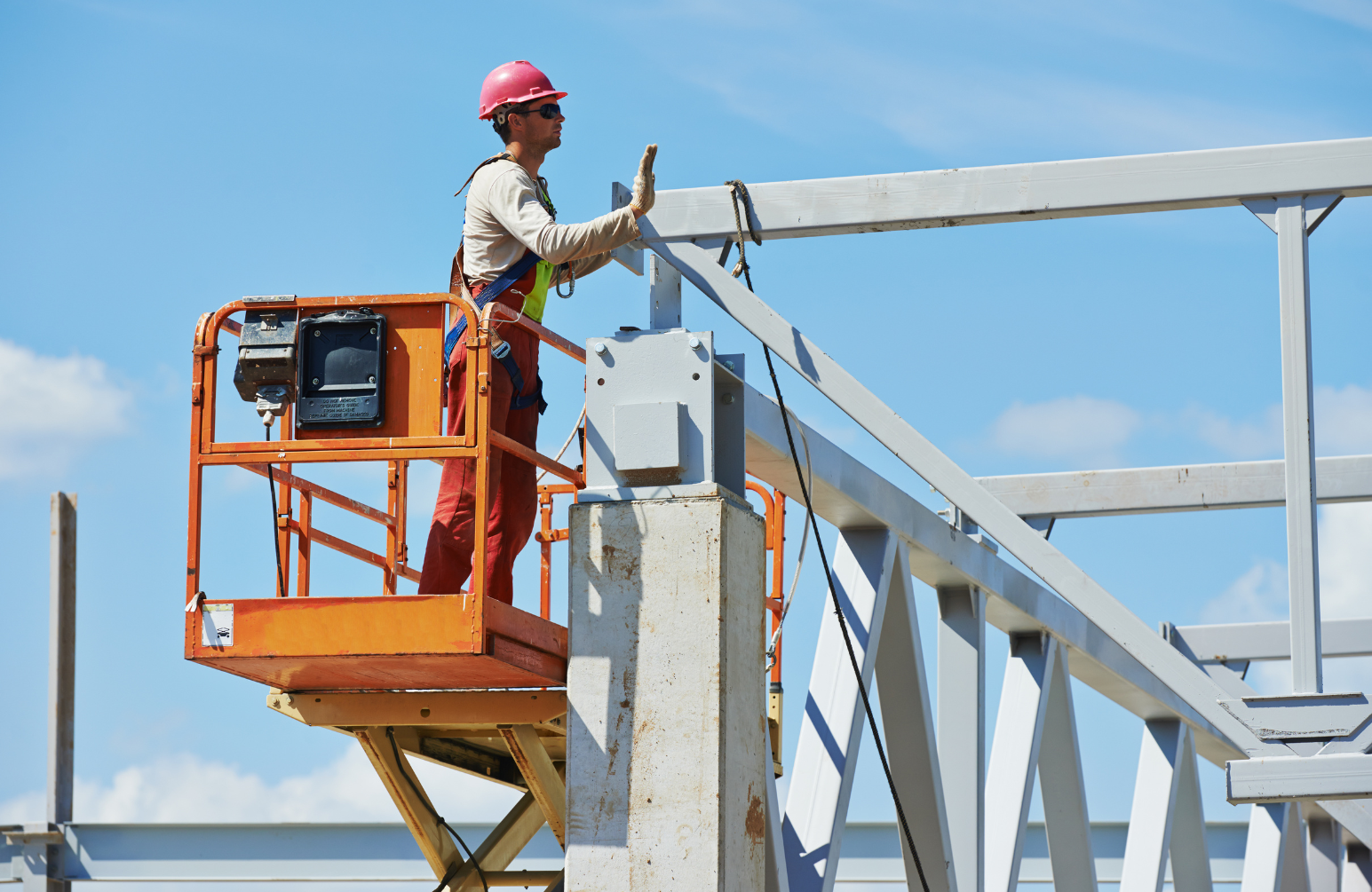
A millwright is a craftsperson or skilled
tradesperson who installs, dismantles,
maintains, repairs, reassembles, and
moves machinery in factories, power
plants, and construction sites.
Safety to Millwright Tasks
Importance of Skill and Safety:
Millwrights are highly skilled tradespeople who work with complex machinery. Their expertise is essential for keeping the industry running, but safety is equally critical. Millwrights must be knowledgeable about safety procedures and committed to preventing accidents.
Connect Safety to Millwright Tasks
Machinery Installation and Dismantling:
Installing and dismantling heavy machinery involves working with cranes, hoists, and other specialized equipment. Millwrights must be trained in safe rigging practices, load capacity limits, and proper use of lifting equipment.
Maintenance and Repair:
Performing maintenance and repairs on machinery can expose millwrights to various hazards, including moving parts, electrical systems, and hazardous materials. Lockout/tagout procedures, proper PPE, and adherence to safety guidelines are essential.
Troubleshooting and Diagnostics:
Diagnosing mechanical problems often requires millwrights to work near operating machinery. They must be aware of potential pinch points, rotating parts, and other hazards.
Working at Heights:
Millwrights frequently work at heights to access machinery or perform repairs. Fall protection equipment, such as harnesses and lanyards, must be used correctly and inspected regularly.
Confined Spaces:
Some machinery may be located in confined spaces, posing additional hazards. Millwrights must be trained in confined space entry procedures and use appropriate safety equipment.
Packaging
What is Packaging?
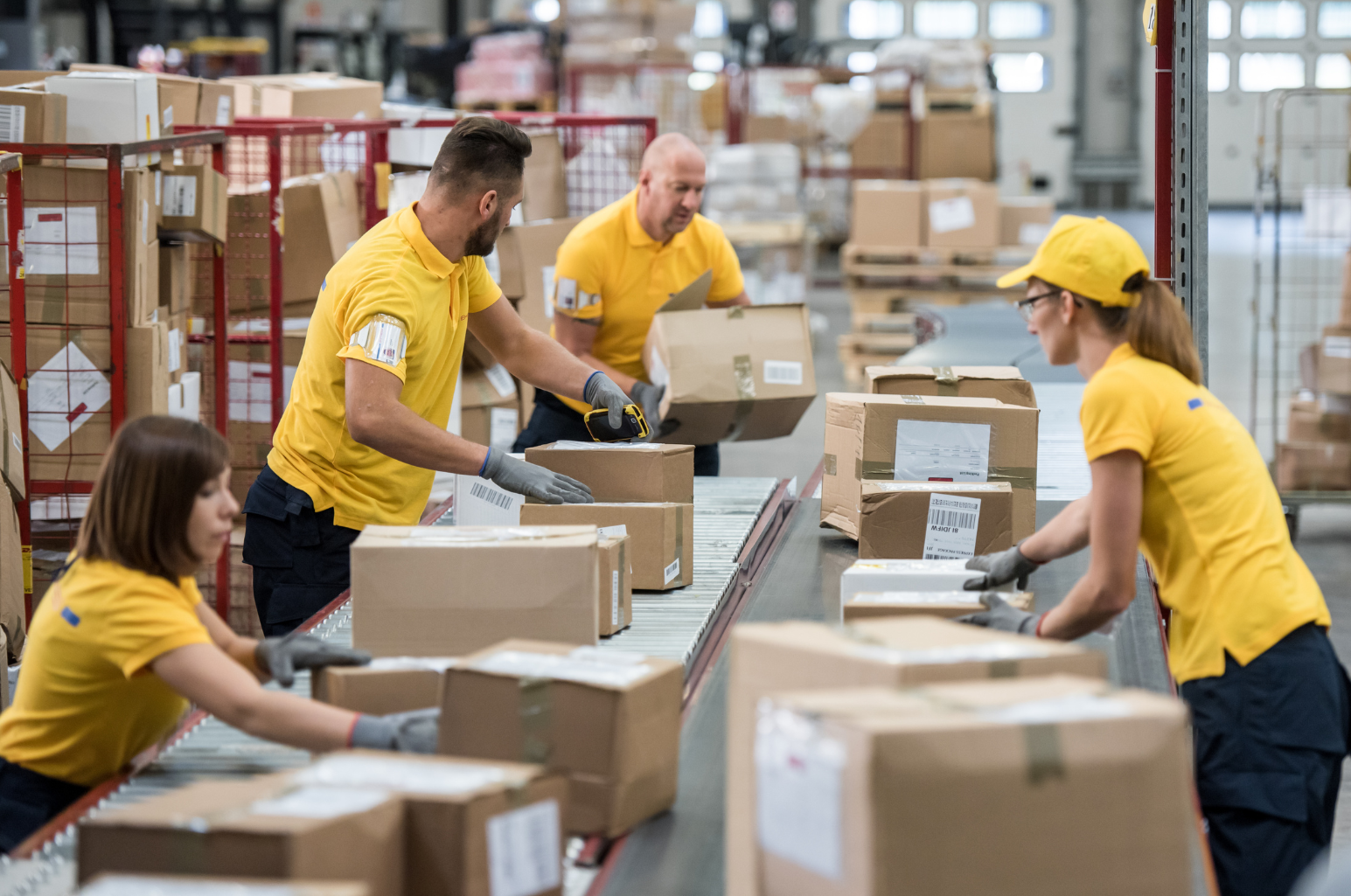
Packaging refers to the process of
designing, evaluating, and producing
packages. Packaging can be described as
a coordinated system of preparing goods
for transport, warehousing, logistics, sale,
and end-use.
Safety to Packaging Tasks
Material Handling:
Packaging often involves handling a variety of materials, including cardboard, plastics, and adhesives. Safe lifting techniques, use of material handling equipment, and proper PPE are essential to prevent injuries.
Machinery Operation:
Packaging facilities often utilize machinery such as conveyors, sealers, and wrapping machines. Operators must be trained in the safe operation of this equipment and follow lockout/tagout procedures during maintenance.
Warehouse Safety:
Packaging may take place in busy warehouse environments with forklifts and other moving equipment. Pedestrian safety, awareness of surroundings, and adherence to traffic rules are crucial for preventing accidents.
Ergonomics:
Repetitive motions and awkward postures are common in some packaging tasks. Ergonomic workstations, proper lifting techniques, and regular breaks can help prevent musculoskeletal injuries.
Hazardous Materials:
Some packaging may involve handling or labeling hazardous materials. Specific safety protocols, including proper PPE and labeling requirements, must be followed to ensure worker safety and regulatory compliance.
What is Labeling?
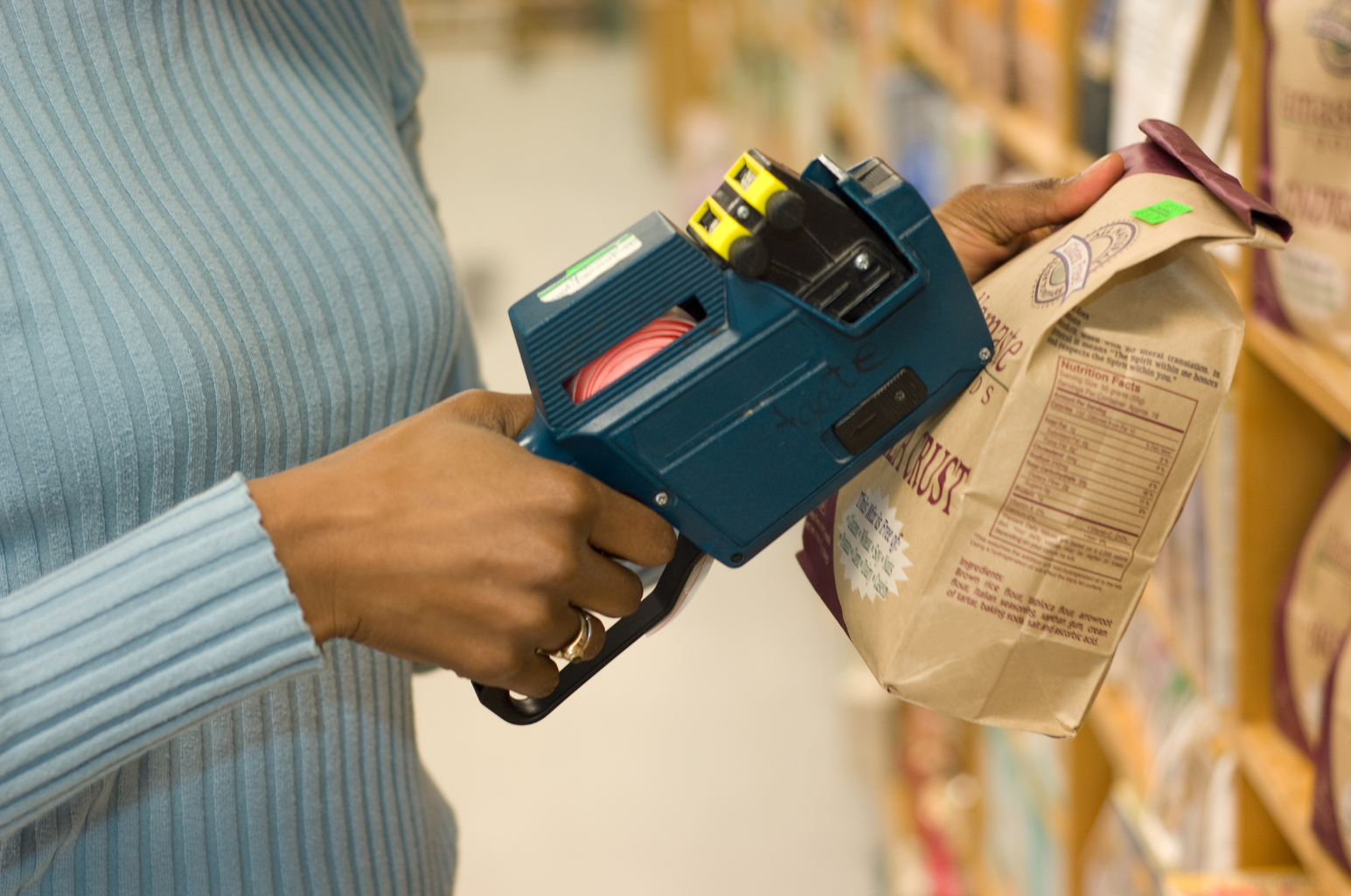
Any written, electronic, or graphic
communication on the package or on a
separate but associated label.
Safety to Labeling Tasks
Hazardous Material Labeling:
Labels for hazardous materials must comply with strict regulations and clearly communicate the nature of the hazard, handling precautions, and emergency procedures. Incorrect or missing labels can lead to serious accidents.
Handling Instructions:
Labels often provide handling instructions, such as "fragile," "keep dry," or "this side up." Following these instructions is crucial for preventing damage to the product and ensuring safe handling.
Warning Labels:
Warning labels alert individuals to potential hazards associated with the product or its packaging. These labels must be visible, clearly worded, and easily understood.
Nutritional and Ingredient Labeling:
In the food and beverage industry, accurate nutritional and ingredient labeling is essential for consumer safety and regulatory compliance. Incorrect labeling can lead to allergic reactions or other health risks.
Painter
What is a Industrial Painter?
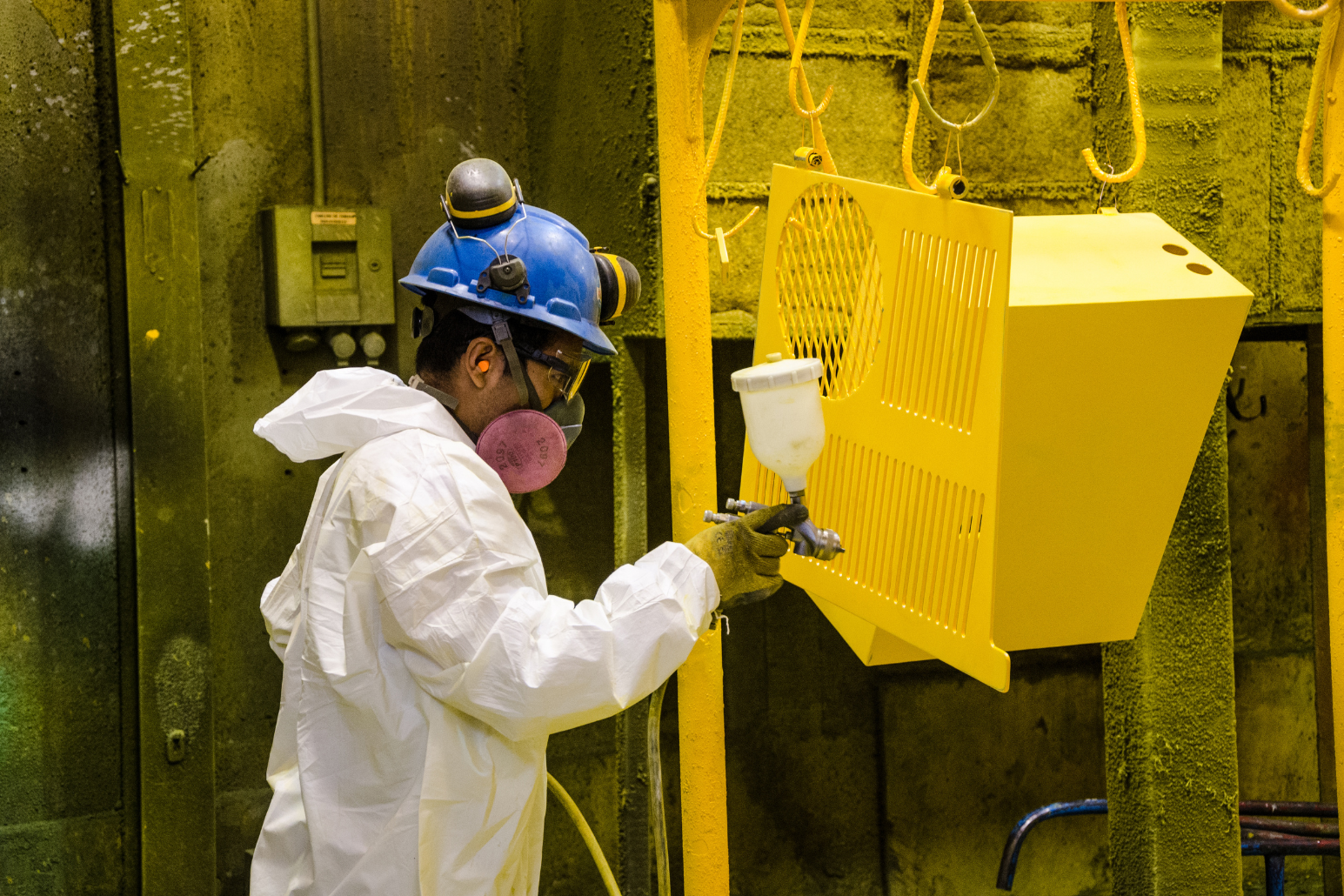
A professional who specializes in painting various structures and surfaces in industrial settings. Their primary role is to apply protective coatings or decorative finishes to surfaces such as machinery, equipment, infrastructure, buildings, and other industrial structures
Safety to Industrial Painter Tasks
Surface Preparation:
Preparing surfaces for painting can involve scraping, sanding, blasting, or chemical cleaning. Each method has its own set of safety considerations, including proper PPE, ventilation, and waste disposal.
Paint Mixing and Handling:
Mixing and handling paints and coatings can expose painters to hazardous chemicals. Understanding the properties of different materials, using appropriate respirators and gloves, and ensuring proper ventilation are essential for preventing health problems.
Spray Painting:
Spray painting can generate mists and fumes that are harmful if inhaled. Painters must use respirators, wear protective clothing, and work in well-ventilated areas.
Working at Heights:
Industrial painting often requires working at heights on ladders, scaffolding, or aerial lifts. Fall protection equipment, such as harnesses and lanyards, must be used correctly and inspected regularly.
Confined Spaces:
Some painting projects may involve working in confined spaces, which pose additional hazards. Painters must be trained in confined space entry procedures and use appropriate safety equipment.
Picker/Packer
What is a Picker/Packer?

Also known as order fulfillment associates, are essential components of today's economy. Responsible for filling customer orders, these individuals pick products off shelves in a warehouse and pack them for shipment, hence the name pick pack.
Safety to Picker/Packer Tasks
Importance of Accuracy, Efficiency, and Safety:
Picker/packers play a critical role in the supply chain, ensuring that orders are filled accurately and efficiently. But this efficiency must never come at the expense of safety. Picker/packers must prioritize safety in every aspect of their work.
Connect Safety to Picker/Packer Tasks
Picking Orders:
Picking orders involves navigating warehouse aisles, often using equipment like carts or pallet jacks. Picker/packers must be aware of their surroundings, watch for other workers and equipment, and follow safe operating procedures.
Packing Orders:
Packing orders requires careful handling of products and packaging materials. Picker/packers should use proper lifting techniques, avoid overloading boxes, and ensure that items are securely packed to prevent damage during shipping.
Operating Equipment:
Picker/packers may operate equipment such as pallet jacks, hand trucks, or even forklifts (with proper certification). Safe operation of this equipment is essential to prevent accidents and injuries.
Working at Heights:
Reaching items on high shelves may require the use of ladders or other equipment. Picker/packers should be trained in safe ladder use and always follow fall protection procedures.
Material Handling:
Handling boxes and packages of varying sizes and weights can pose a risk of strain or injury. Picker/packers should use proper lifting techniques, request assistance with heavy items, and wear appropriate PPE such as gloves and safety shoes.
Plant Manager
What is a Plant Manager?
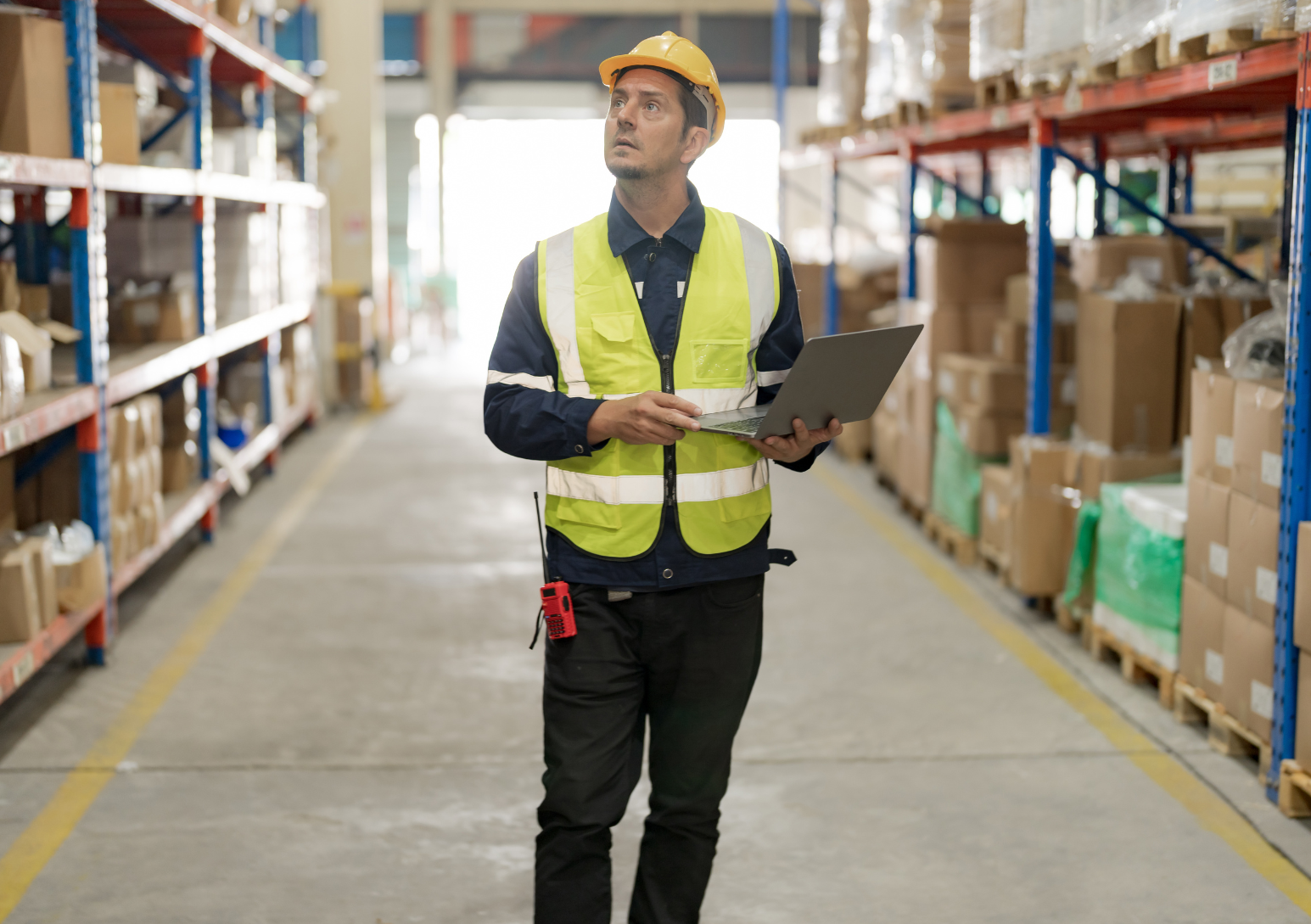
Also known as Manufacturing Plant a manager is responsible for overseeing the daily operations of manufacturing plants and their employees.
Safety to Plant Manager Tasks
Connect Safety to Plant Manager Responsibilities
Developing and Implementing Safety Programs:
Plant managers develop and implement comprehensive safety programs that address potential hazards in the plant. These programs include safety training, hazard communication, emergency procedures, and regular safety inspections.
Enforcing Safety Regulations:
Plant managers are responsible for ensuring that the plant complies with all applicable safety regulations, including OSHA standards and other industry-specific requirements.
Providing Safety Training:
Plant managers ensure that all employees receive appropriate safety training for their jobs, including training on the use of PPE, safe operating procedures, and emergency response protocols.
Investigating Accidents and Near Misses:
Plant managers are responsible for investigating accidents and near misses to identify root causes and implement corrective actions to prevent future occurrences.
Promoting a Safety Culture:
Plant managers play a key role in fostering a positive safety culture within the plant. This includes encouraging employees to report hazards, recognizing safe behaviors, and promoting open communication about safety concerns.
Resource Allocation for Safety:
Plant managers must allocate sufficient resources to support safety initiatives, including providing necessary PPE, maintaining equipment in safe working order, and implementing engineering controls to reduce hazards.
Production Worker
What is a Production Worker?
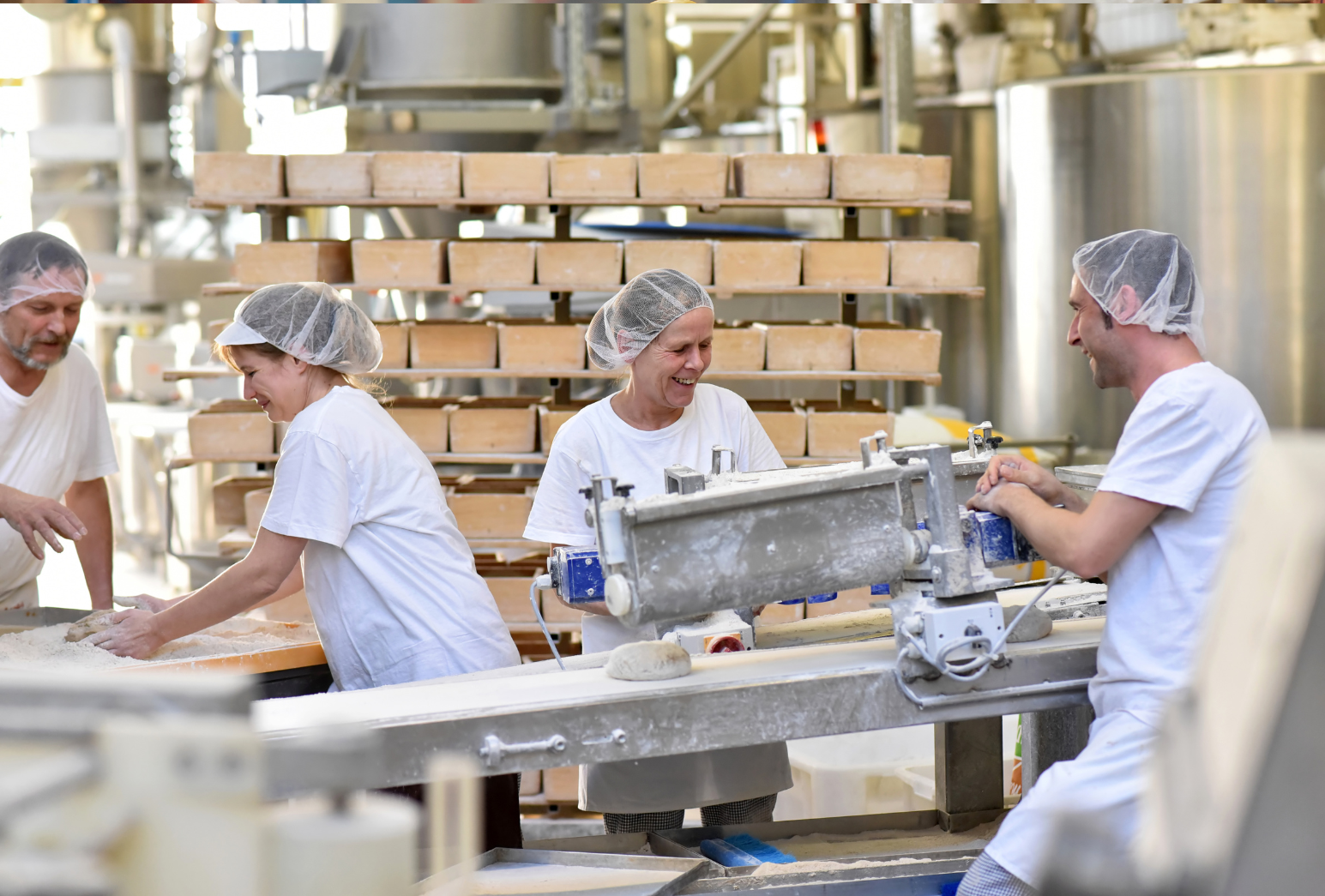
A production worker helps with the proper functioning of assembly lines in factories and warehouses. Daily, they're responsible for all the production processes, for example, they operate machinery and assemble equipment parts.
Safety to Production Worker Tasks
Connect Safety to Production Worker Tasks
Operating Machinery:
Operating machinery safely requires training, awareness, and adherence to established procedures. Production workers must understand how to operate equipment correctly, recognize potential hazards, and follow lockout/tagout procedures during maintenance.
Assembly and Fabrication:
Assembling parts and fabricating products can involve using hand tools, power tools, and potentially sharp materials. Production workers must use proper techniques, wear appropriate PPE, and be mindful of their surroundings to prevent injuries.
Quality Control and Inspection:
Inspecting finished products for quality also involves identifying potential safety hazards, such as sharp edges, loose parts, or other defects. Production workers should report any safety concerns they identify.
Material Handling:
Moving materials, whether manually or with equipment, requires proper lifting techniques and awareness of potential hazards. Production workers should use material handling equipment safely and avoid overloading containers or lifting excessive weights.
Following Safety Procedures:
Production workers must be knowledgeable about and follow all established safety procedures, including those related to machine operation, material handling, and emergency response.
Quality Control/Inspection
What is a Quality Control/Inspector Worker?
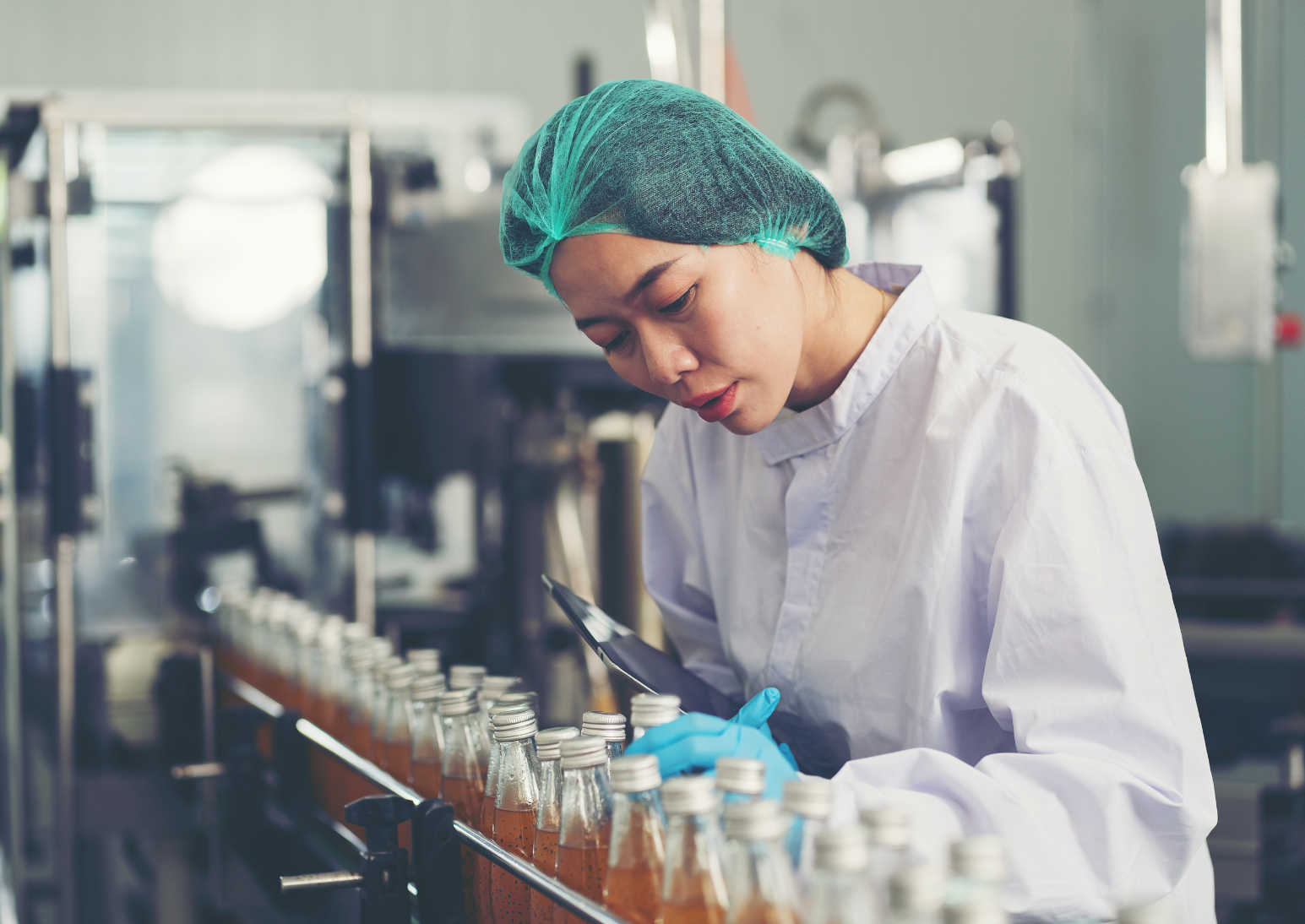
Quality Inspection
Quality inspection refers to the
preventative measures are put in place to detect potential defects in manufactured products or services before they reach customers.
Quality Control
Quality control, or QC, is the process that businesses use to ensure that a product or service adheres to a predefined set of quality standards or meets the requirements of customers or clients.
Safety to Quality Control Tasks
Product Inspection:
Inspecting products for defects involves not only checking for cosmetic flaws but also identifying potential safety hazards, such as sharp edges, loose parts, or electrical malfunctions. Quality inspectors must be trained to recognize these hazards and report them immediately.
Testing and Evaluation:
Product testing may involve subjecting products to stress tests, environmental tests, or other evaluations to ensure they meet safety standards. Quality professionals must follow safety protocols during testing to prevent accidents or injuries.
Data Analysis and Corrective Action:
Analyzing quality data can reveal trends that indicate potential safety issues. Quality professionals play a key role in identifying root causes of defects and implementing corrective actions to prevent both quality problems and safety hazards.
Compliance with Safety Standards:
Quality control processes ensure that products comply with all applicable safety regulations and industry standards. This includes verifying that products are properly labeled, packaged, and documented.
Process Improvement for Safety:
Quality professionals often work to improve manufacturing processes to reduce defects. These process improvements can also have a positive impact on safety by reducing the potential for human error and creating a more controlled and predictable work environment.
Sanitation
What is Sanitation?
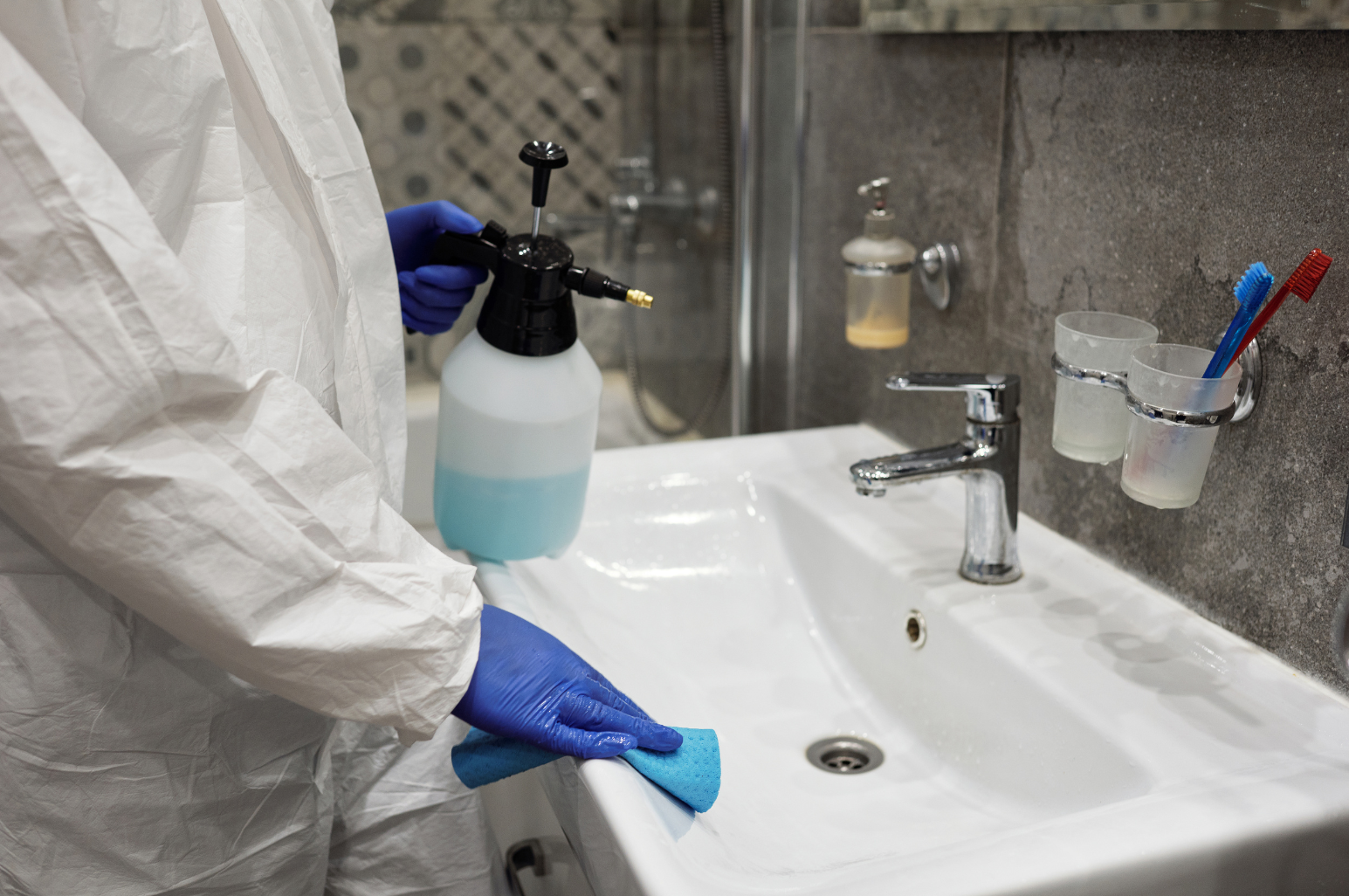
Cleaning the machinery and floors. They move products to allow cleaning and use high-pressure water hoses and squeegees to clean the floors.
Safety to Sanitation Tasks
Connect Safety to Manufacturing Sanitation Tasks
Cleaning Machinery:
Cleaning machinery requires careful attention to safety procedures. Sanitation workers must be trained on lockout/tagout procedures to prevent accidental startup during cleaning, and they must use appropriate PPE to protect themselves from chemicals and other hazards.
Floor Cleaning:
Cleaning floors, especially with high-pressure hoses and squeegees, can create slippery surfaces. Sanitation workers must be aware of the potential for slips, trips, and falls and take precautions to prevent accidents, such as using wet floor signs and ensuring proper drainage.
Chemical Handling:
Sanitation often involves the use of cleaning chemicals. Workers must be trained on the safe handling and storage of these chemicals, including proper dilution, ventilation, and PPE requirements.
Waste Disposal:
Proper waste disposal is essential for preventing contamination and maintaining a clean and organized work area. Sanitation workers should be trained on how to handle and dispose of different types of waste, including hazardous materials.
Working in Production Areas:
Sanitation workers often work in active production areas, requiring them to be aware of moving machinery, forklifts, and other potential hazards. They must follow safety protocols and communicate effectively with production personnel to avoid accidents.
Sewer
What is a Sewer?
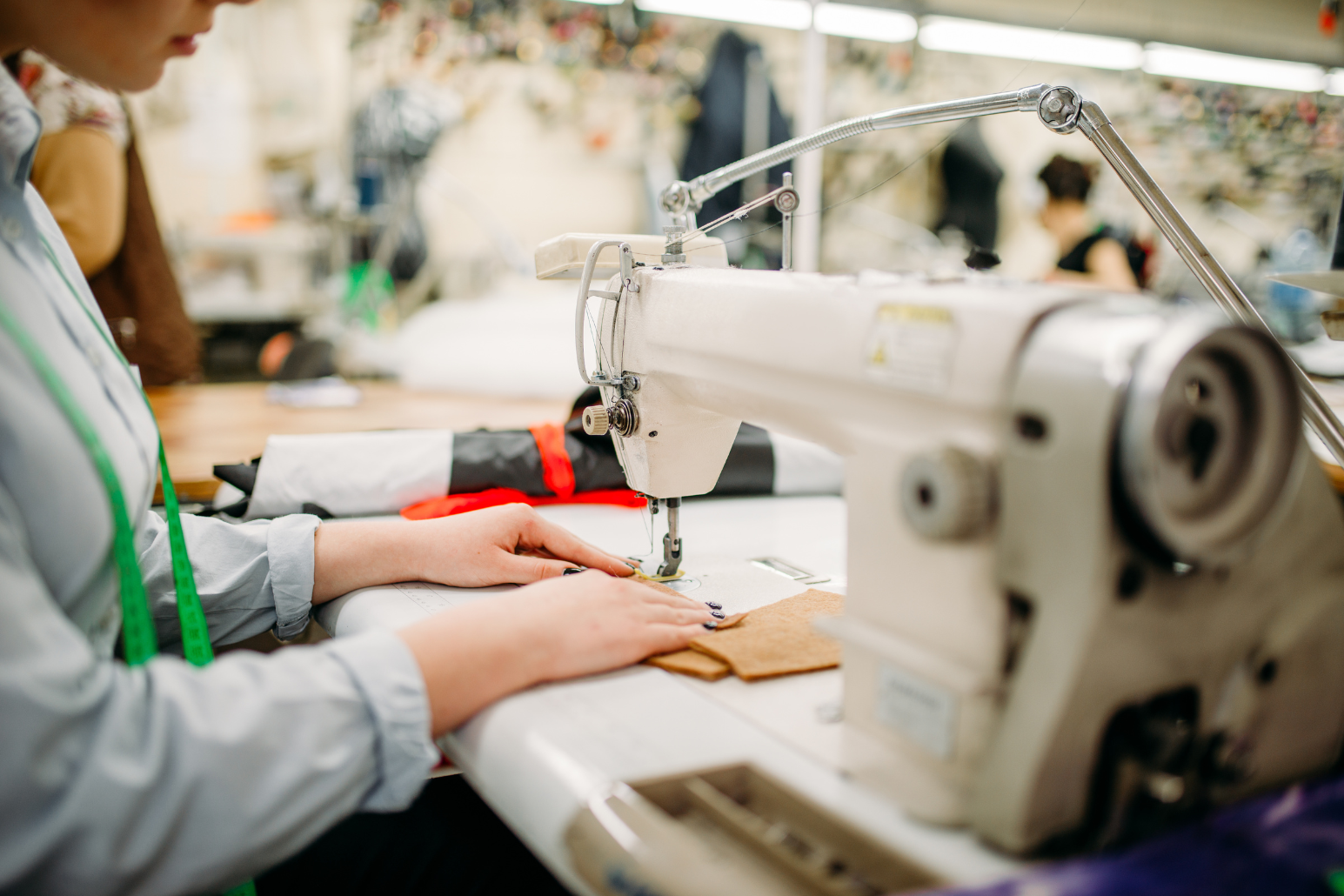
The process of attaching two pieces of specialty film or fabric by stitching them together using specialized industrial sewing machines. The main difference between industrial sewing and other kinds of sewing is that the industrial kind rarely involves clothing.
Safety to Sewer Tasks
Connect Safety to Industrial Sewing Tasks
Material Handling:
Industrial sewing often involves working with large rolls of fabric or film, which can be heavy and awkward to handle. Proper lifting techniques, use of material handling equipment, and wearing appropriate PPE are essential to prevent back injuries or other strains.
Machine Operation:
Industrial sewing machines operate at high speeds and have moving parts that can cause injury if not handled carefully. Operators must be trained on the safe operation of their machines, including how to start and stop the machine, adjust settings, and troubleshoot problems.
Needle Safety:
Sewing needles are sharp and can cause puncture wounds or other injuries. Operators must be careful when threading needles, changing needles, and working around the sewing machine needle area. Proper disposal of broken needles is also important.
Thread Handling:
Large spools of thread can be heavy and cumbersome. Operators should use proper lifting techniques and be careful when handling thread to avoid tangles or other accidents.
Workstation Ergonomics:
Prolonged sewing can lead to repetitive motion injuries or other ergonomic problems. Operators should maintain good posture, take breaks, and use ergonomic workstations to minimize strain.
Technician/Engineer
What is a Technician/Engineer Worker?

Technicians and engineers share some similarities, including the fact that both jobs are seen across a variety of industries. Some people use the terms technician and engineer interchangeably; however, there are several differences in these positions.
Technician
A technician is responsible for performing technical diagnostic or mechanical testing. Technicians are commonly seen working on engineering jobs, which is why some people associate the job title of technician with an engineer. However, technicians support engineers rather than perform actual engineering duties.
Job duties include:
- Install and test new products
- Perform troubleshooting on products and equipment and make repairs when needed
- Provide customer support and answer product or equipment-related questions
- Ensure products meet safety and quality control requirements
- Develop and test solutions to solve technical problems
- Assist in the research and development of products, services, or equipment
Engineer
An engineer is an expert in a specific field of science or math who creates and improves devices, systems, or processes. An engineer has all of the same capabilities as a technician but also has several more responsibilities that are at a higher level than those performed by technicians.
Job Duties include:
- Prepare estimates and budgets for engineering projects
- Oversee project teams and the execution of projects
- Design and implement engineering experiments
- Create project specifications based on testing and measurements
- Composing technical reports for staff, stakeholders, and customers
- Develop and implement maintenance programs
Safety to Millwright Tasks
Production Worker
What is a Production Worker?

A production worker helps with the proper functioning of assembly lines in factories and warehouses. Daily, they're responsible for all the production processes, for example, they operate machinery and assemble equipment parts.
Safety to Millwright Tasks
Production Worker
What is a Production Worker?

A production worker helps with the proper functioning of assembly lines in factories and warehouses. Daily, they're responsible for all the production processes, for example, they operate machinery and assemble equipment parts.
Safety to Millwright Tasks
Production Worker
What is a Production Worker?

A production worker helps with the proper functioning of assembly lines in factories and warehouses. Daily, they're responsible for all the production processes, for example, they operate machinery and assemble equipment parts.
Safety to Millwright Tasks
Production Worker
What is a Production Worker?

A production worker helps with the proper functioning of assembly lines in factories and warehouses. Daily, they're responsible for all the production processes, for example, they operate machinery and assemble equipment parts.
Safety to Millwright Tasks
Production Worker
What is a Production Worker?

A production worker helps with the proper functioning of assembly lines in factories and warehouses. Daily, they're responsible for all the production processes, for example, they operate machinery and assemble equipment parts.
Safety to Millwright Tasks
Production Worker
What is a Production Worker?

A production worker helps with the proper functioning of assembly lines in factories and warehouses. Daily, they're responsible for all the production processes, for example, they operate machinery and assemble equipment parts.
Safety to Millwright Tasks

Doing Good in the Community
We are committed to making a difference in the communities where we live and work. Through our Give, Serve, Connect initiative, Workbox provides shared community volunteer experiences.

Select an icon
We sent a confirmation email to your inbox. Follow the instructions there to complete your registration
Quick Links
See More
Quick Links
See More
Workbox Staffing | All Rights Reserved 2022 | Privacy Policy | Terms of Use | Powered with 🤍 by Shazamme

